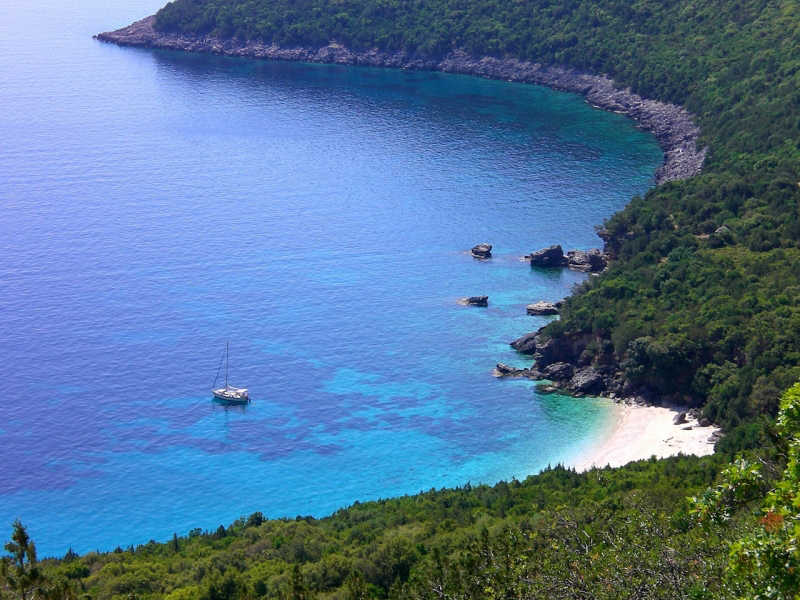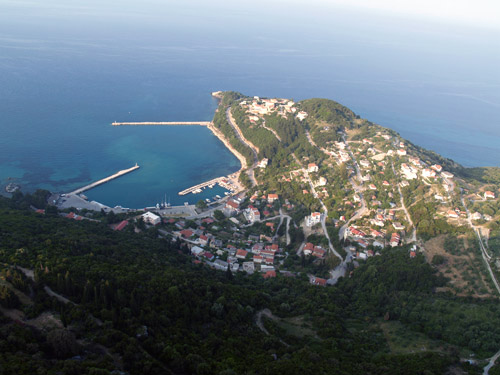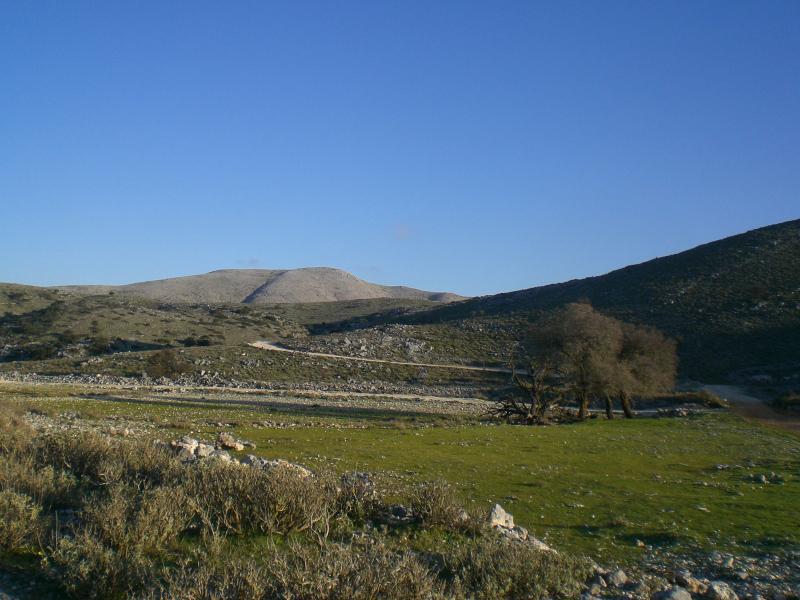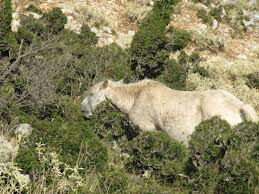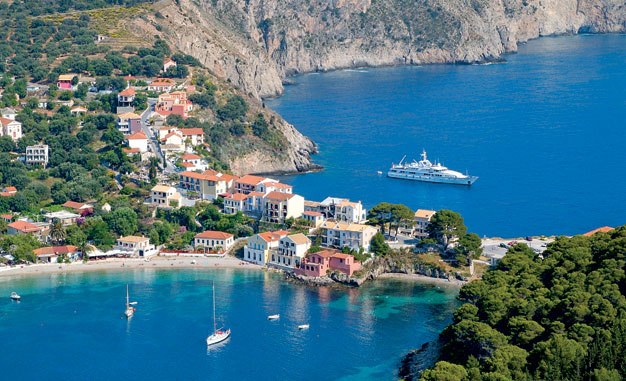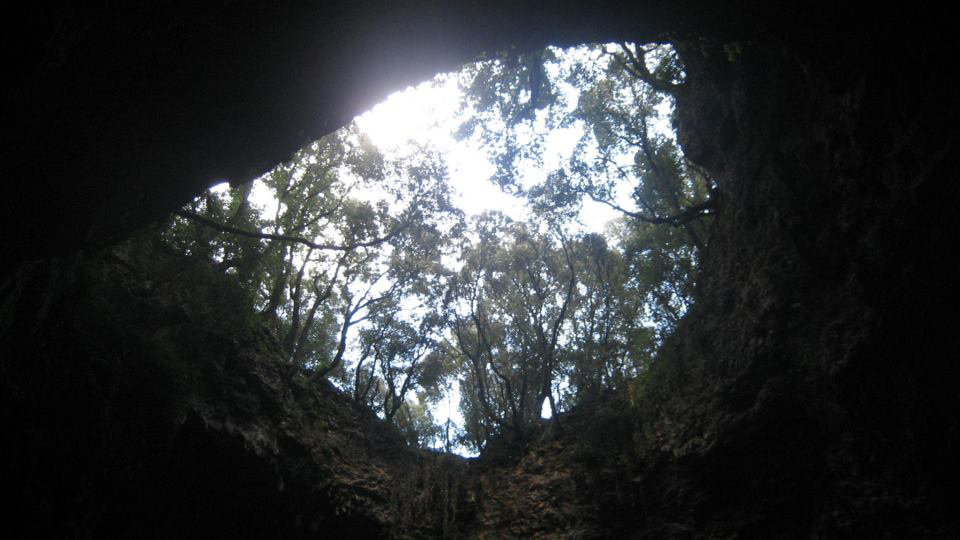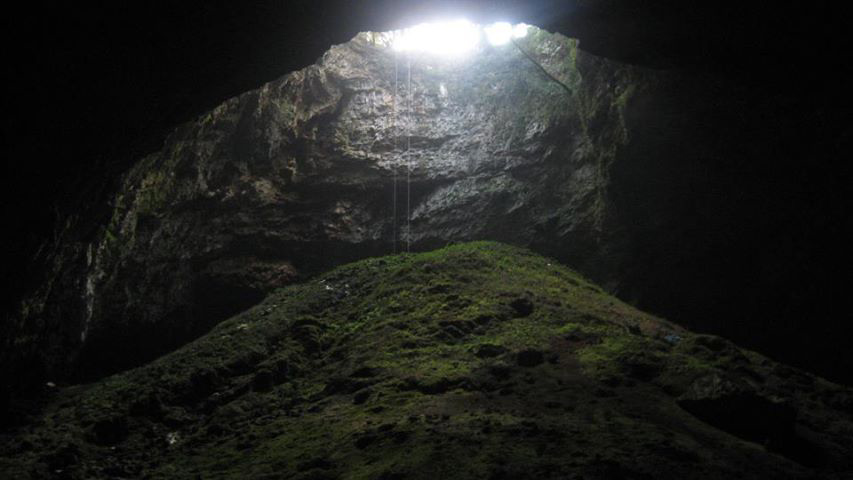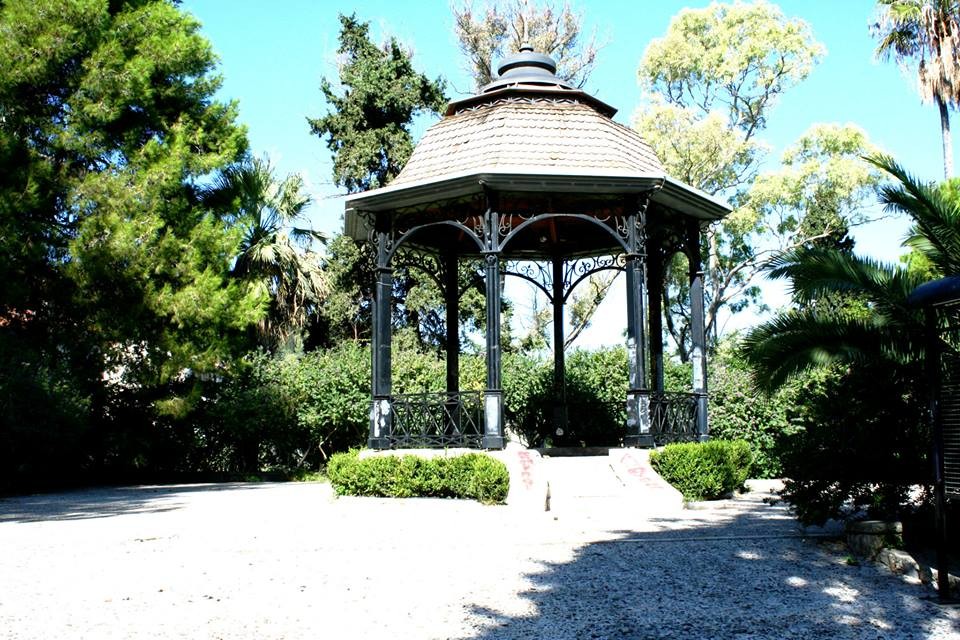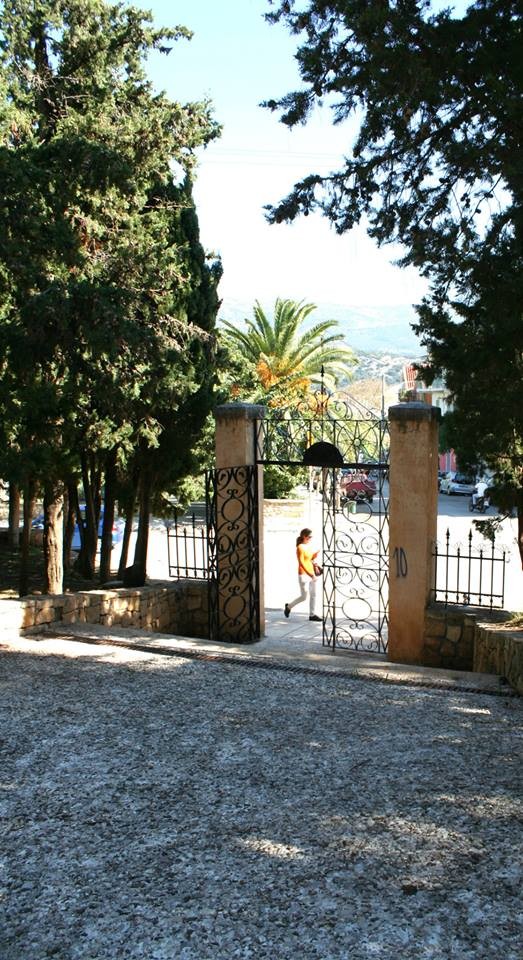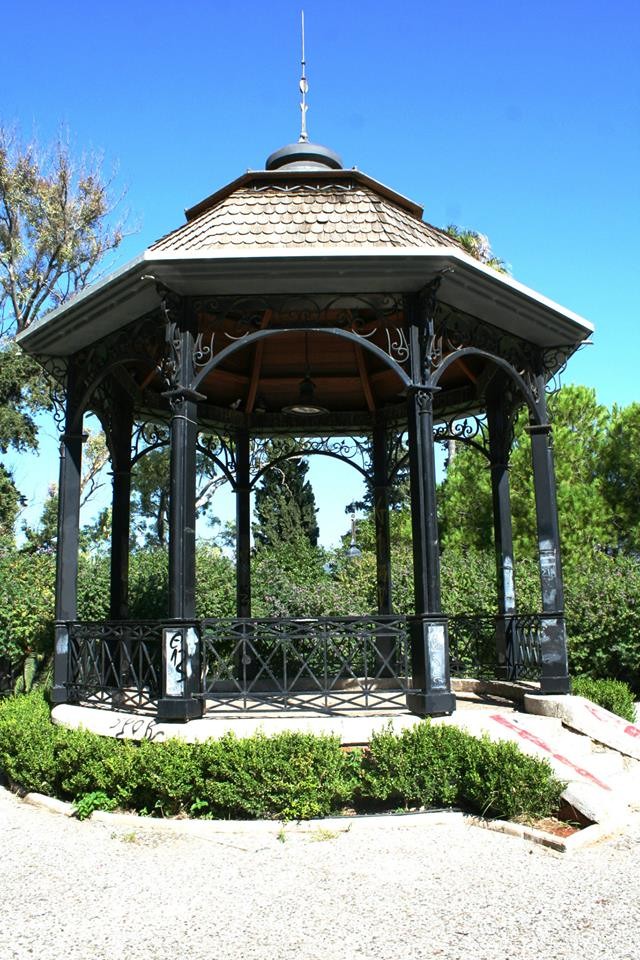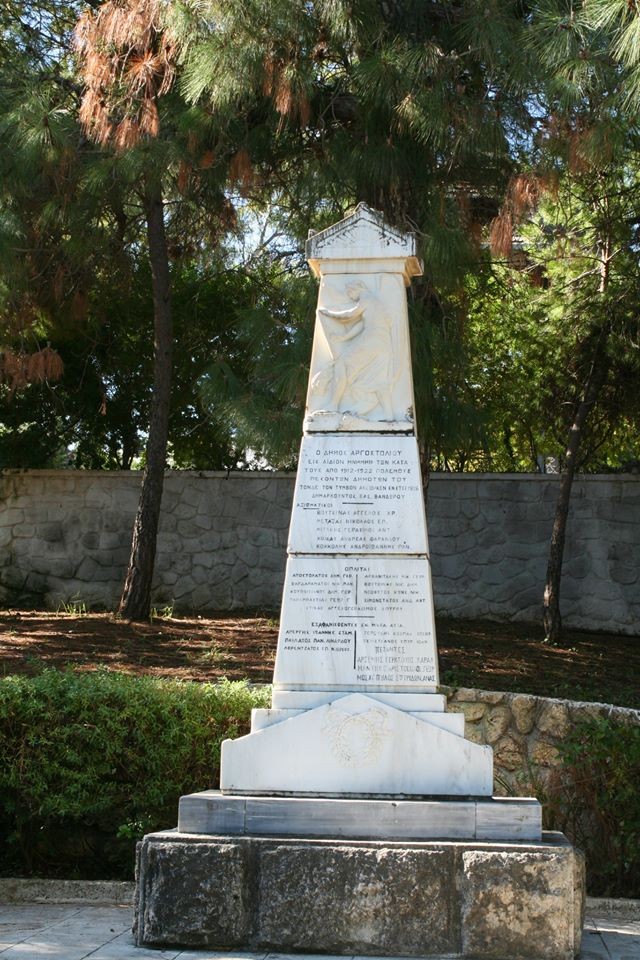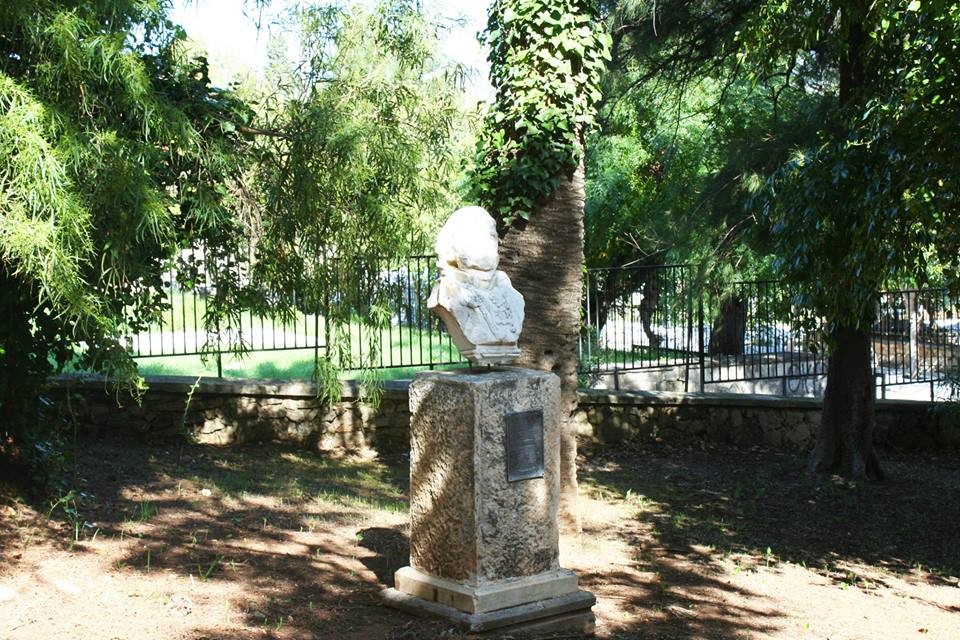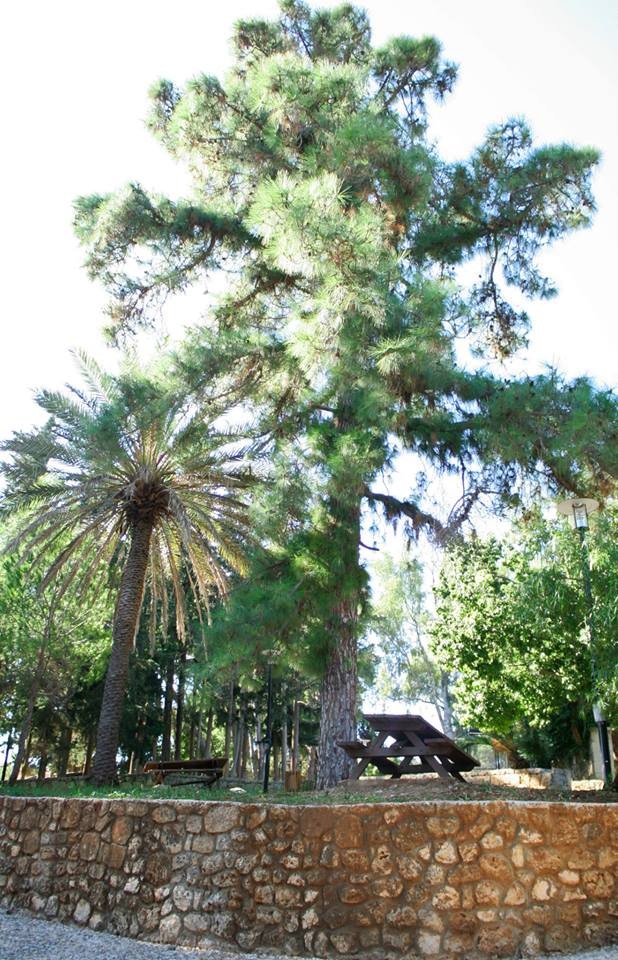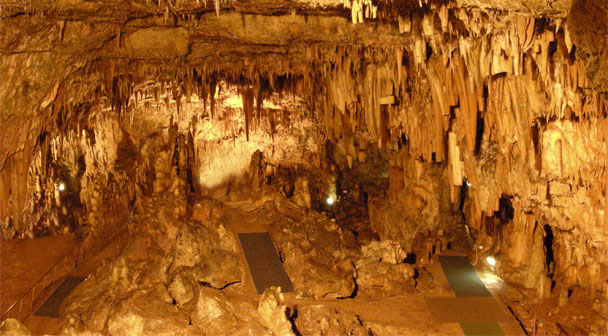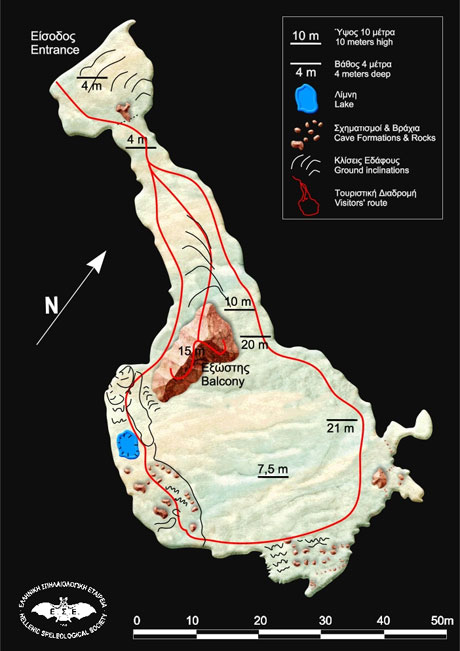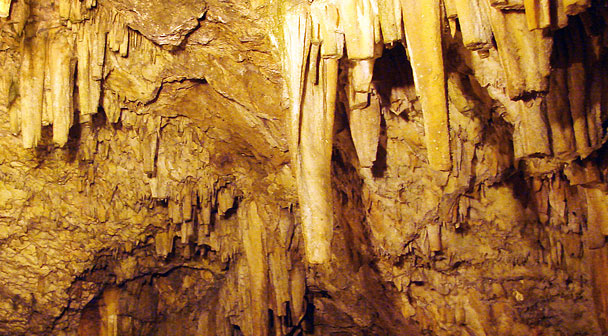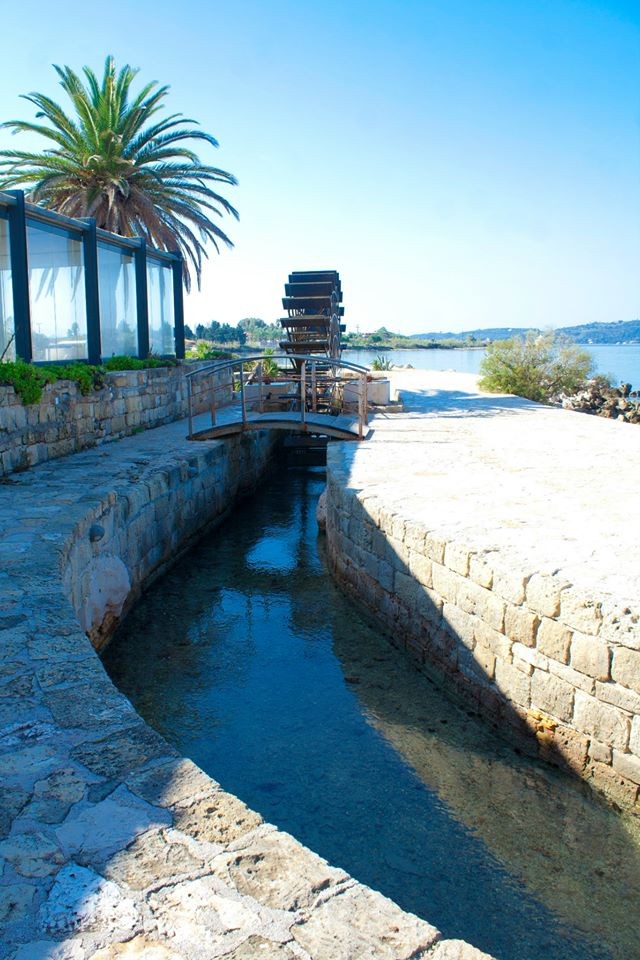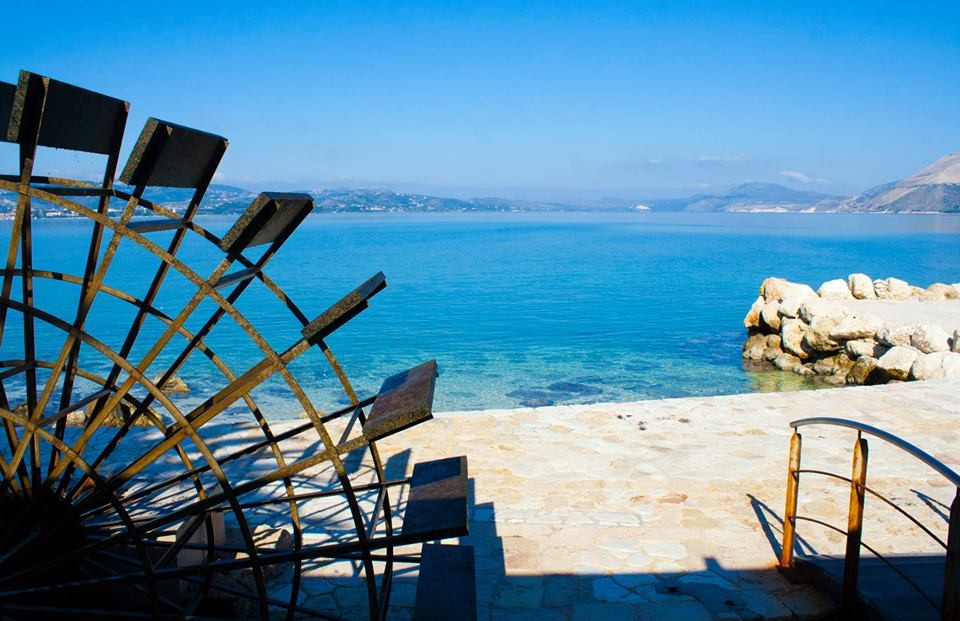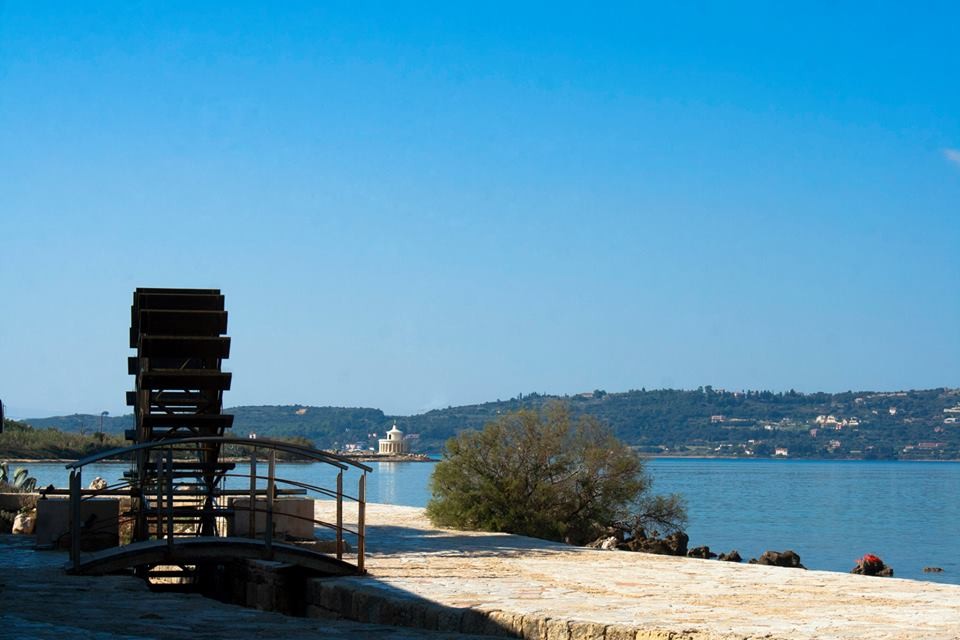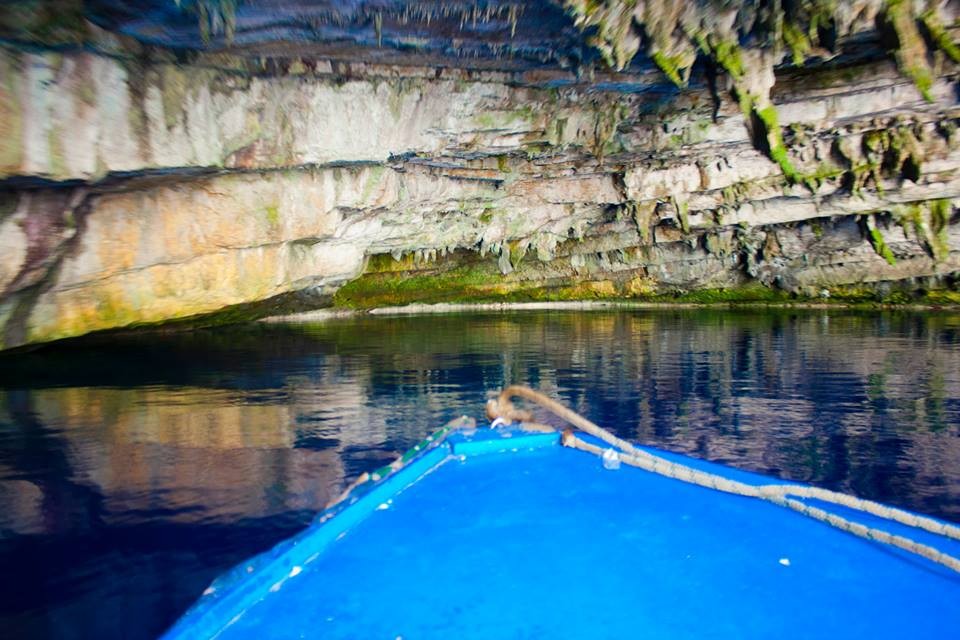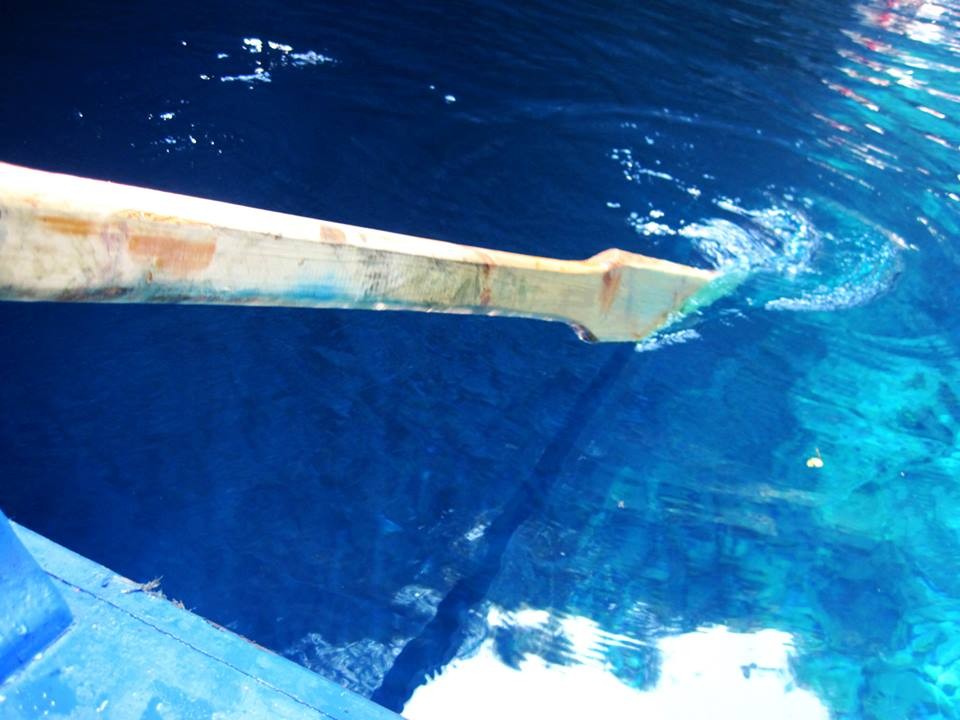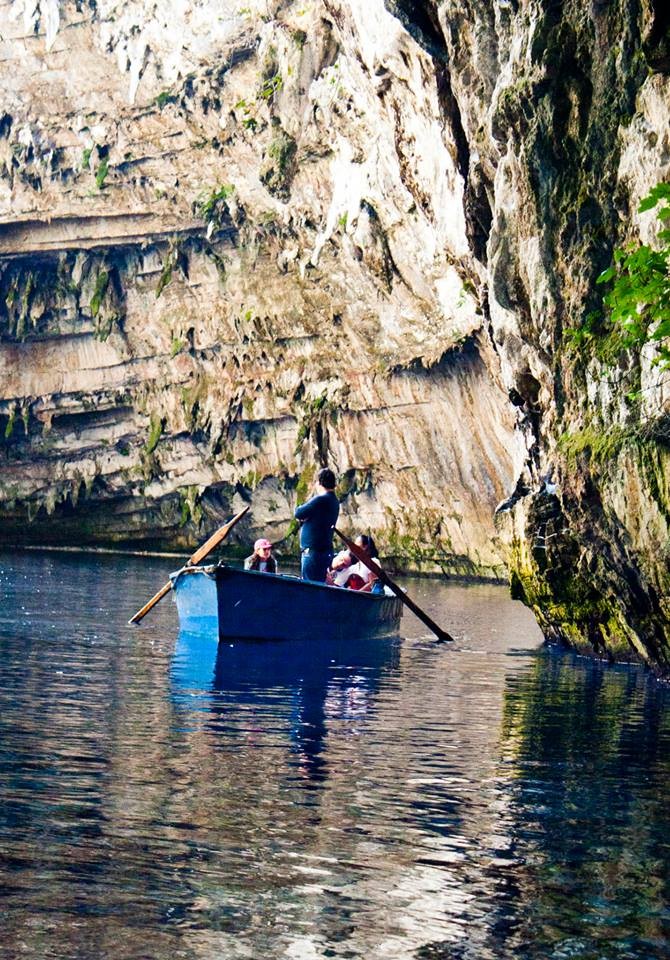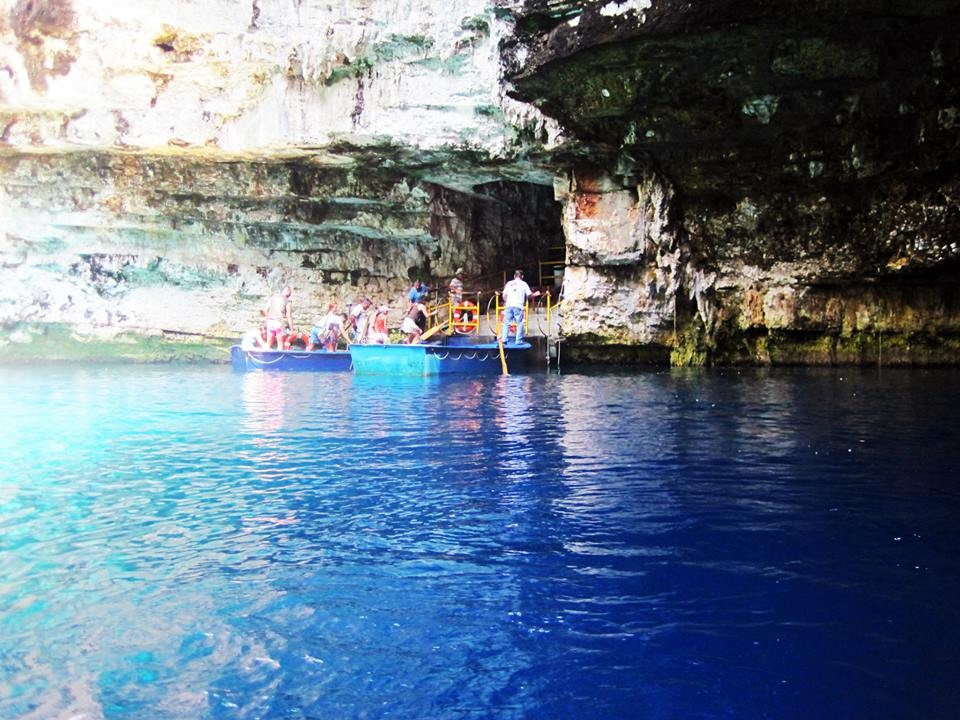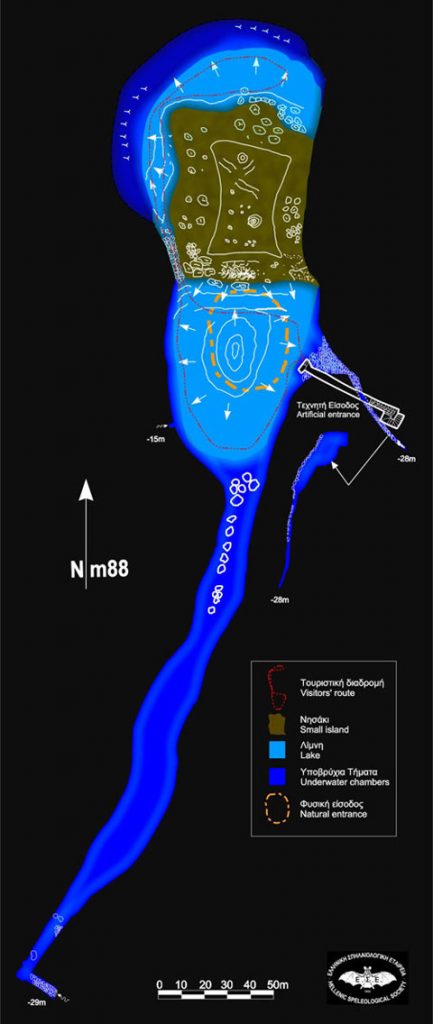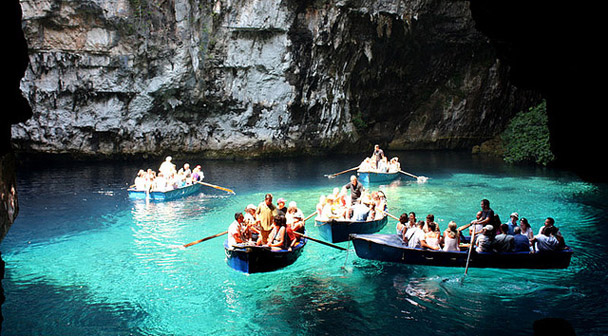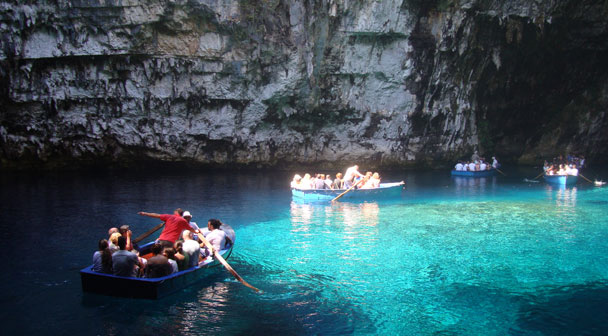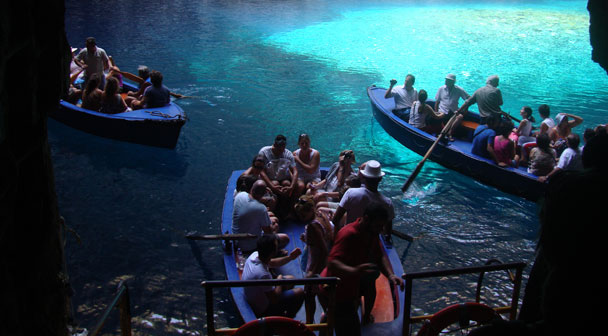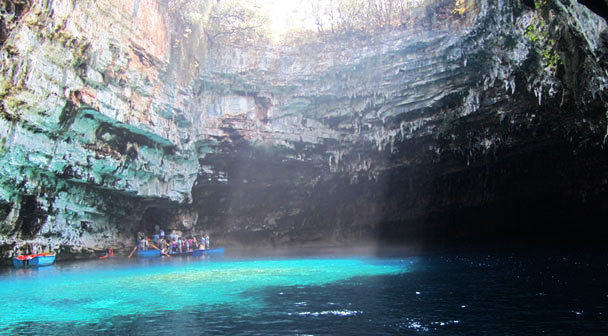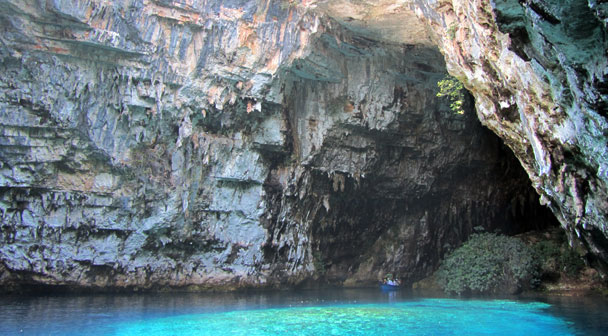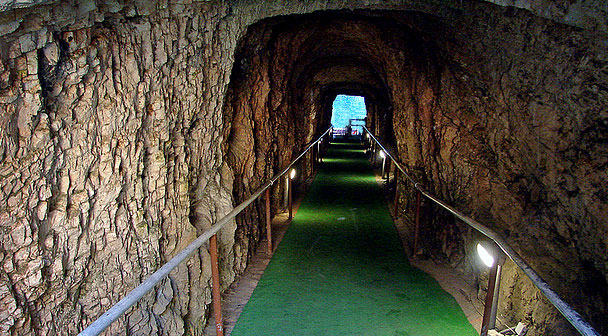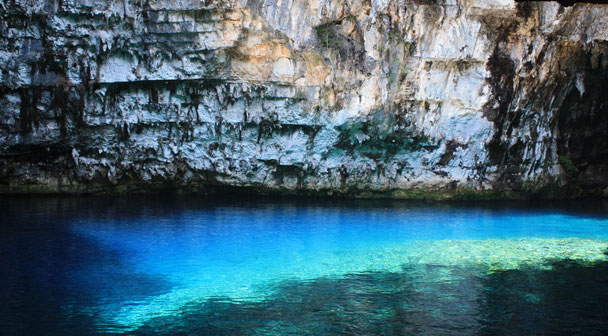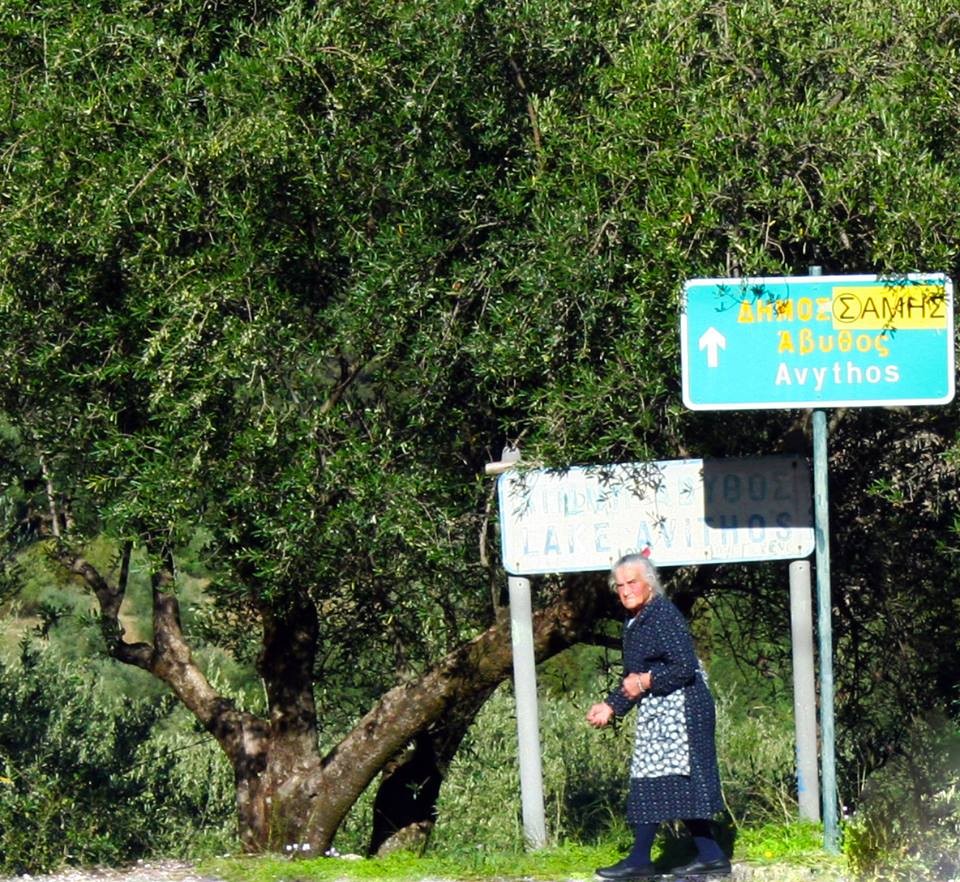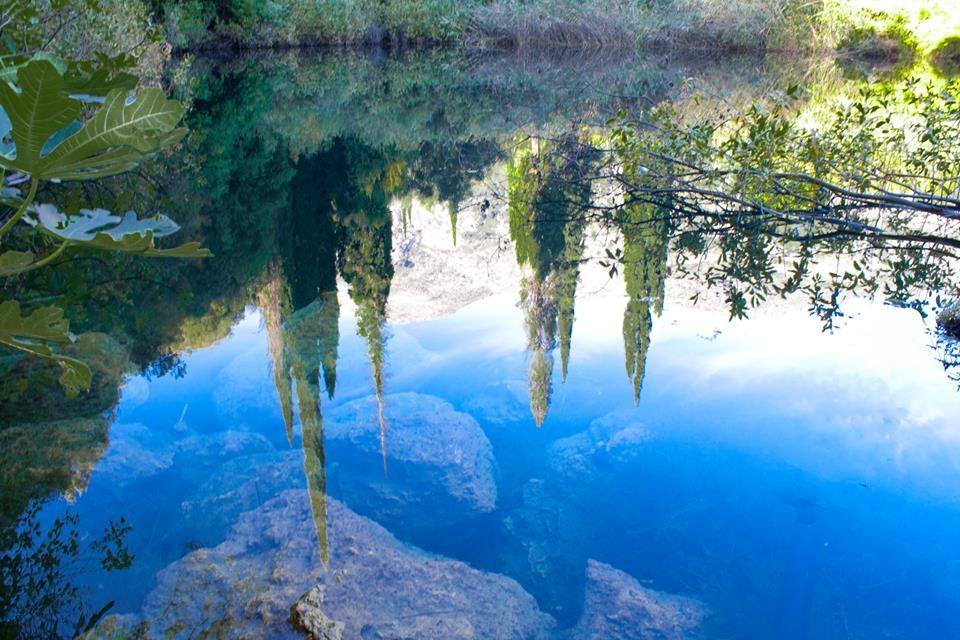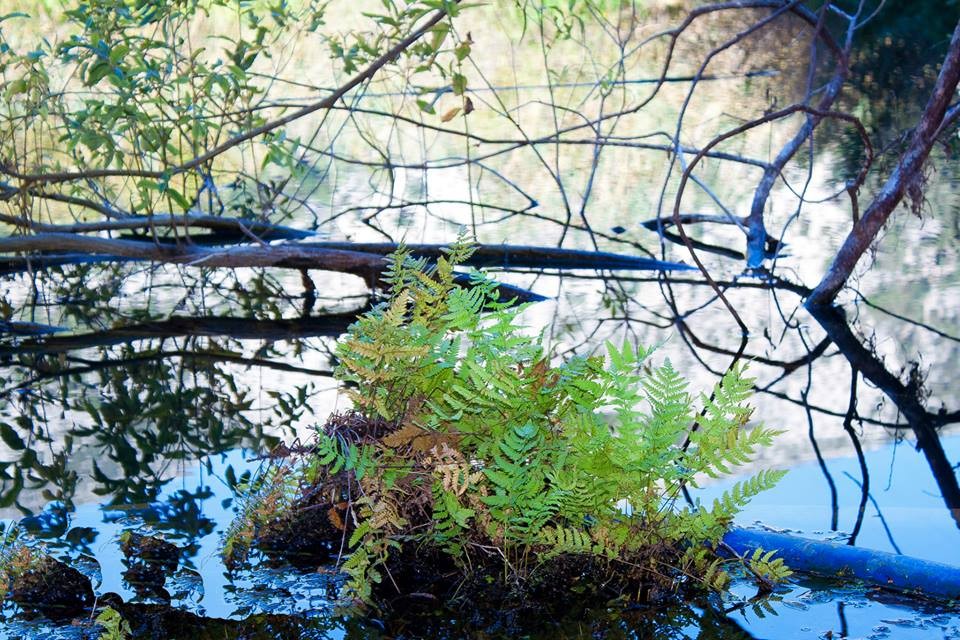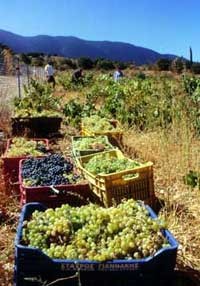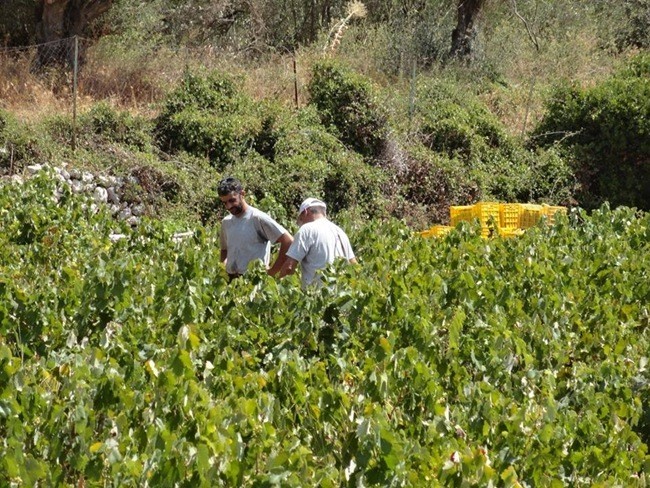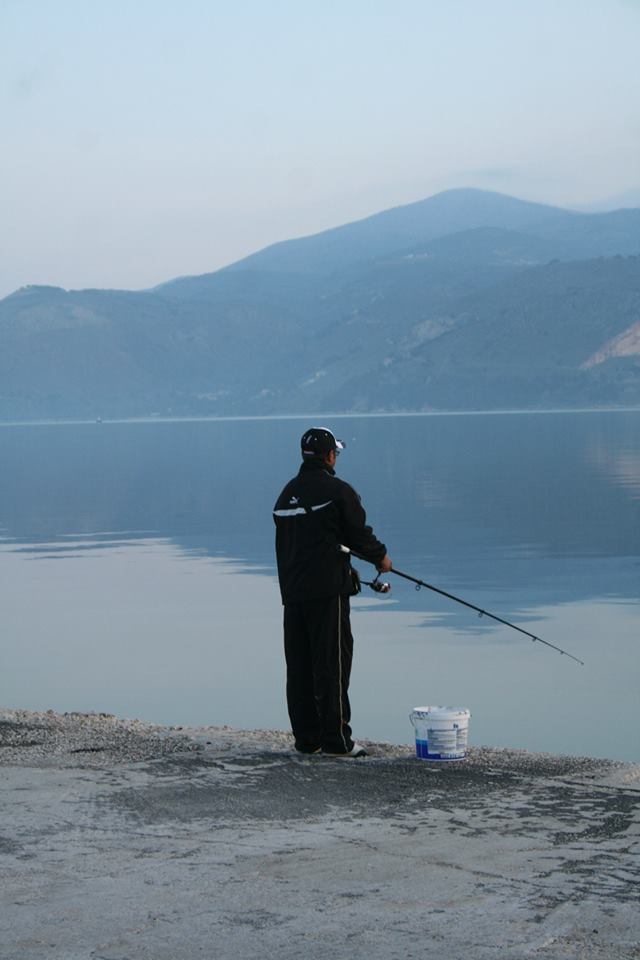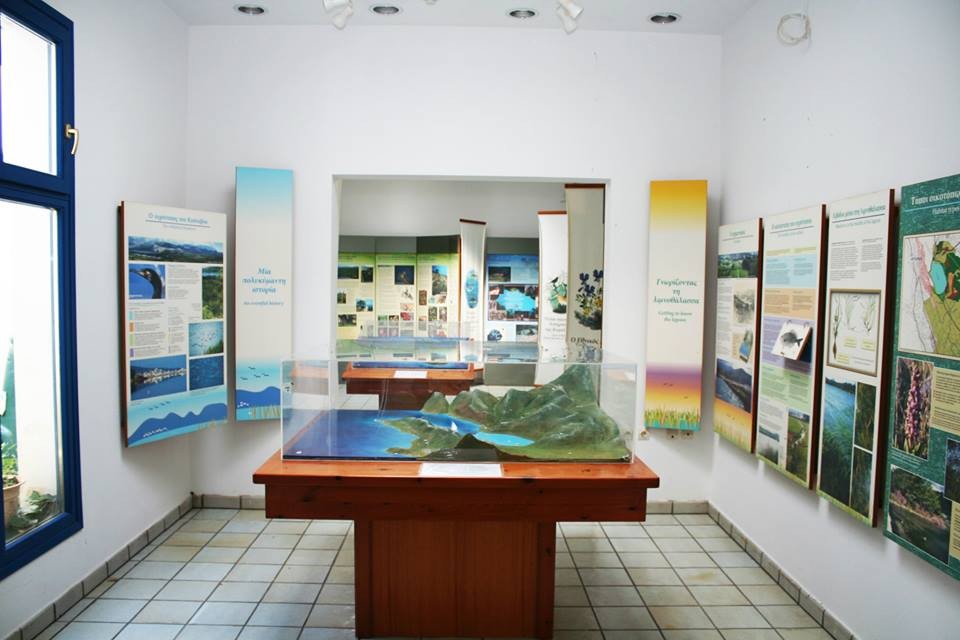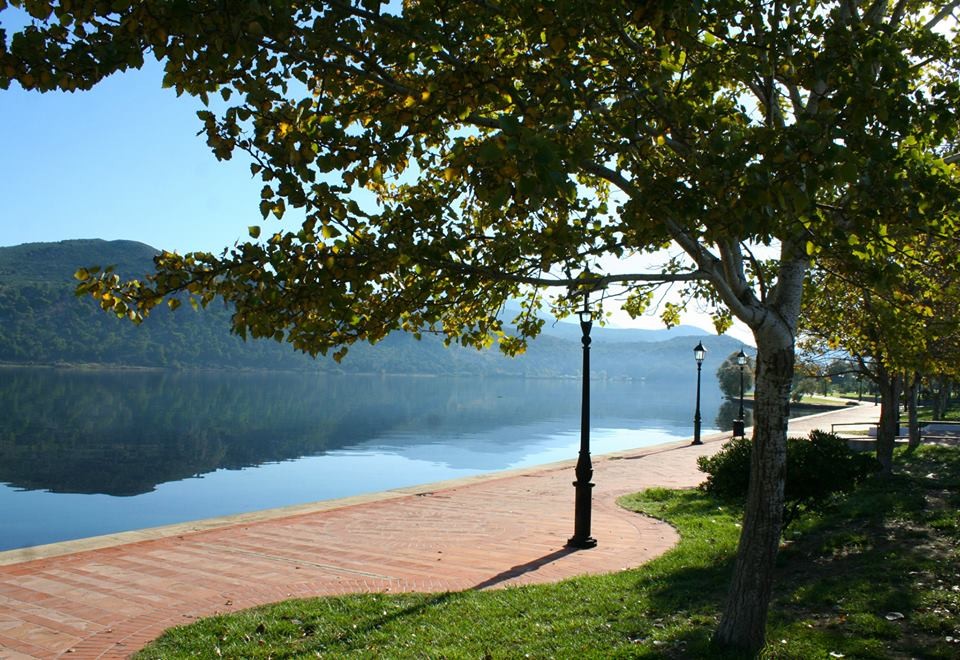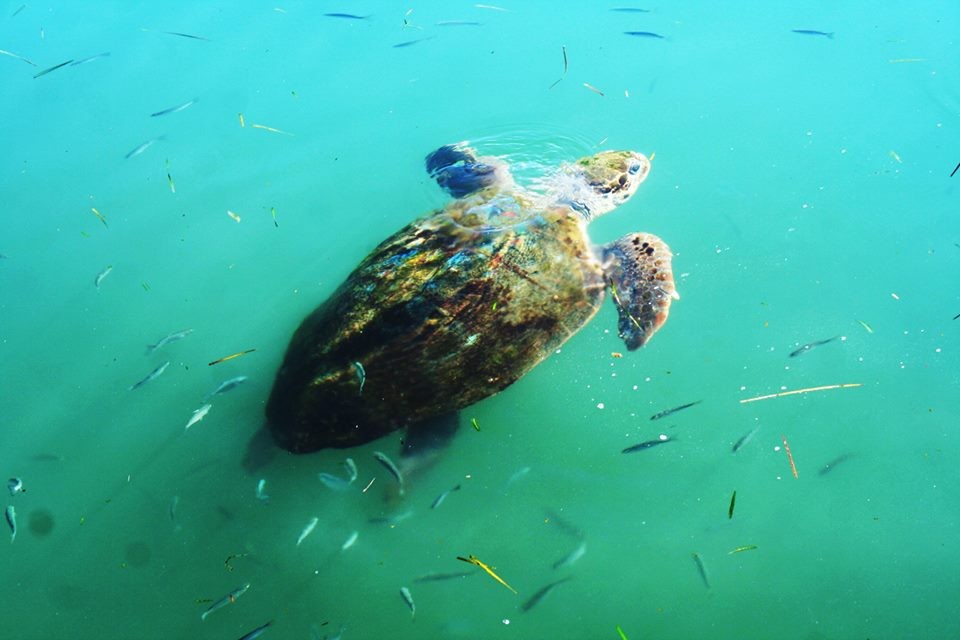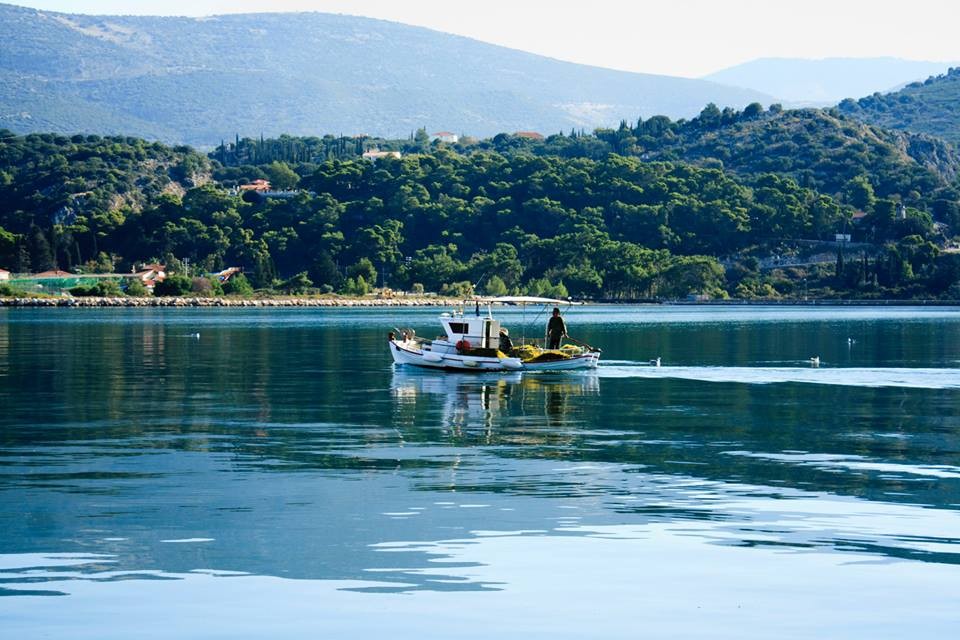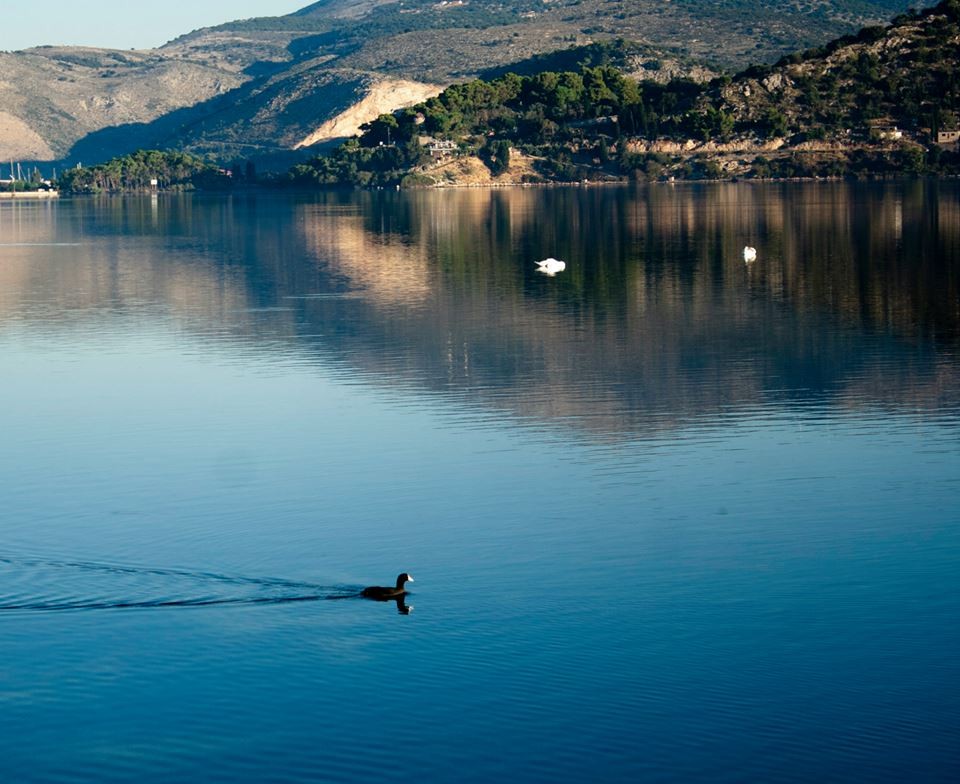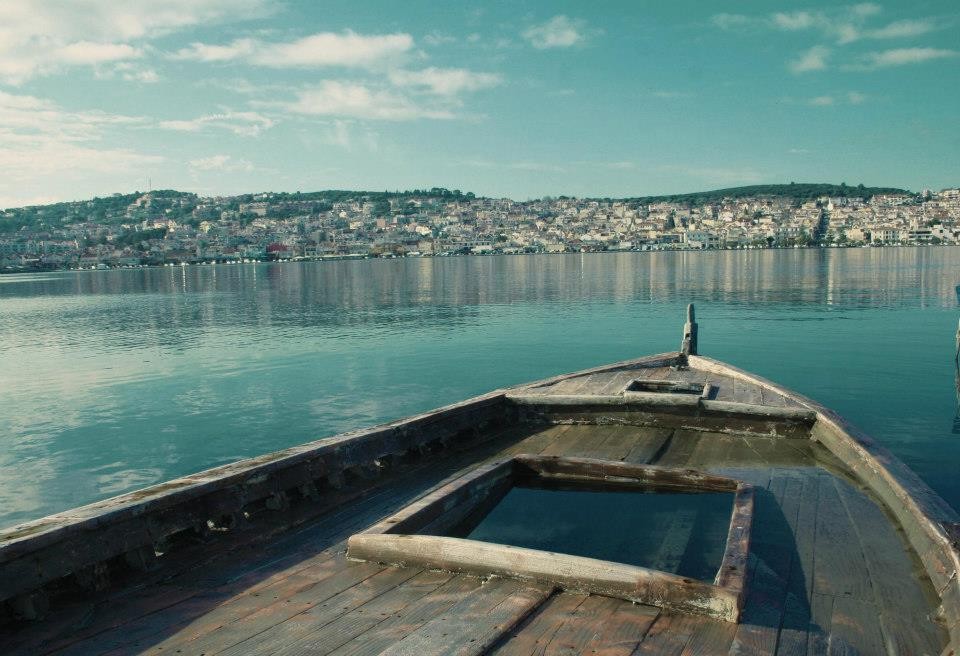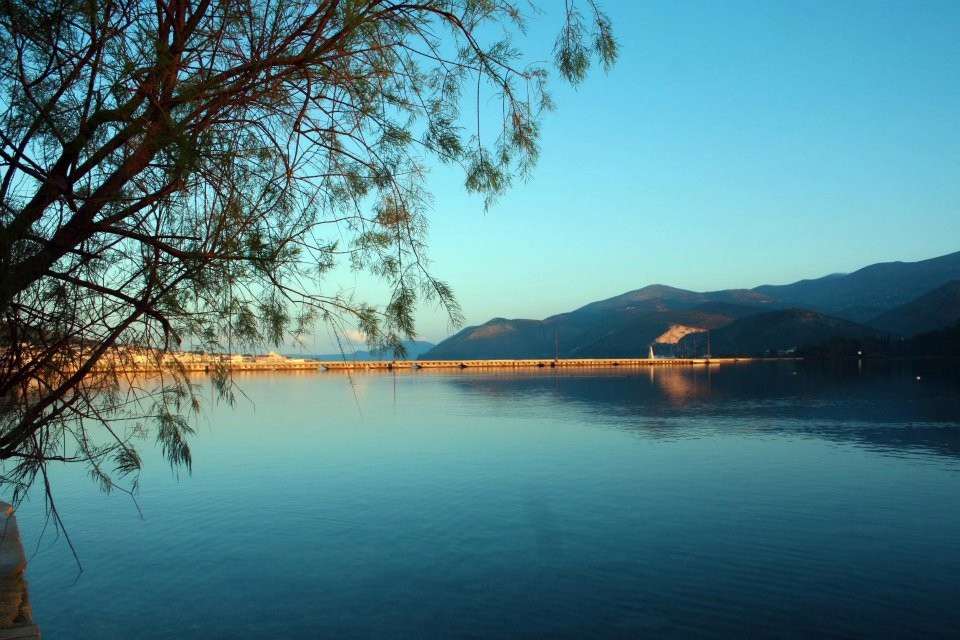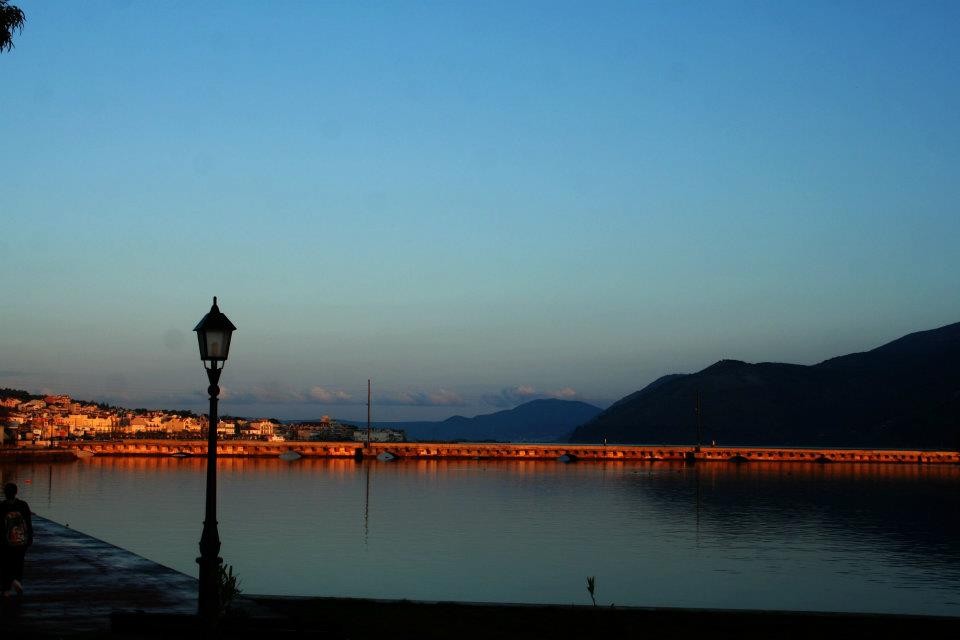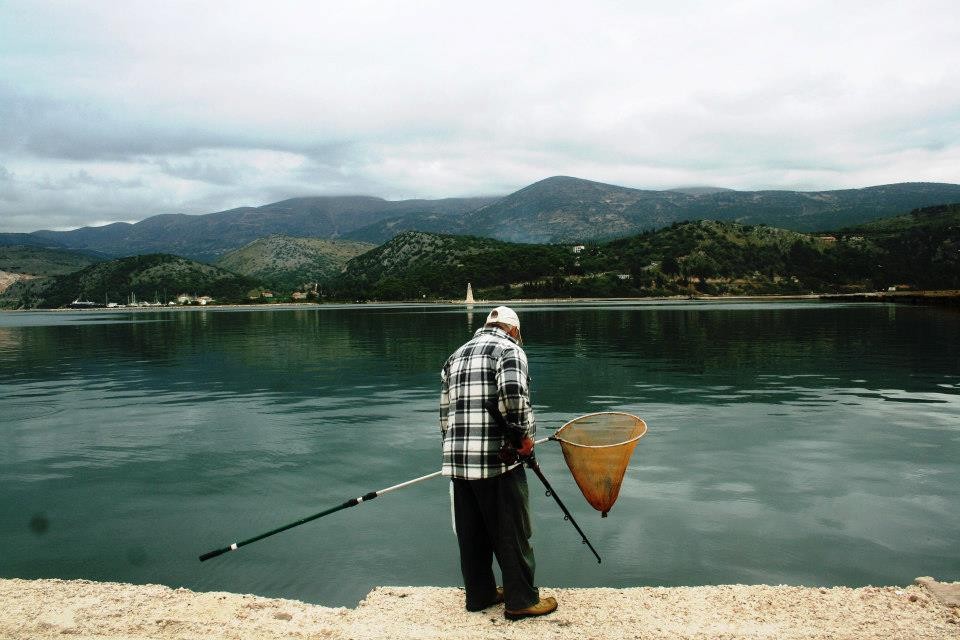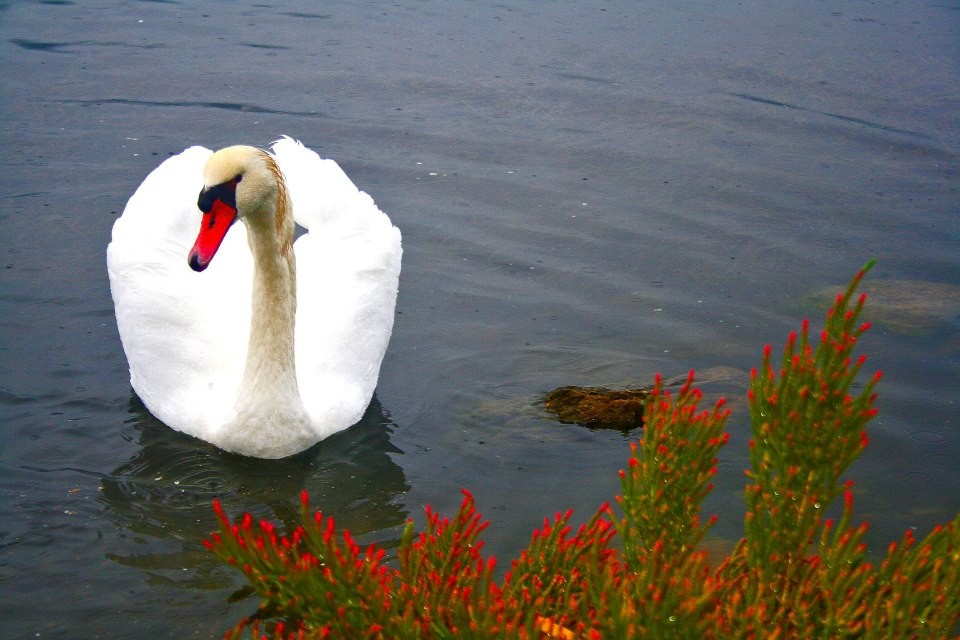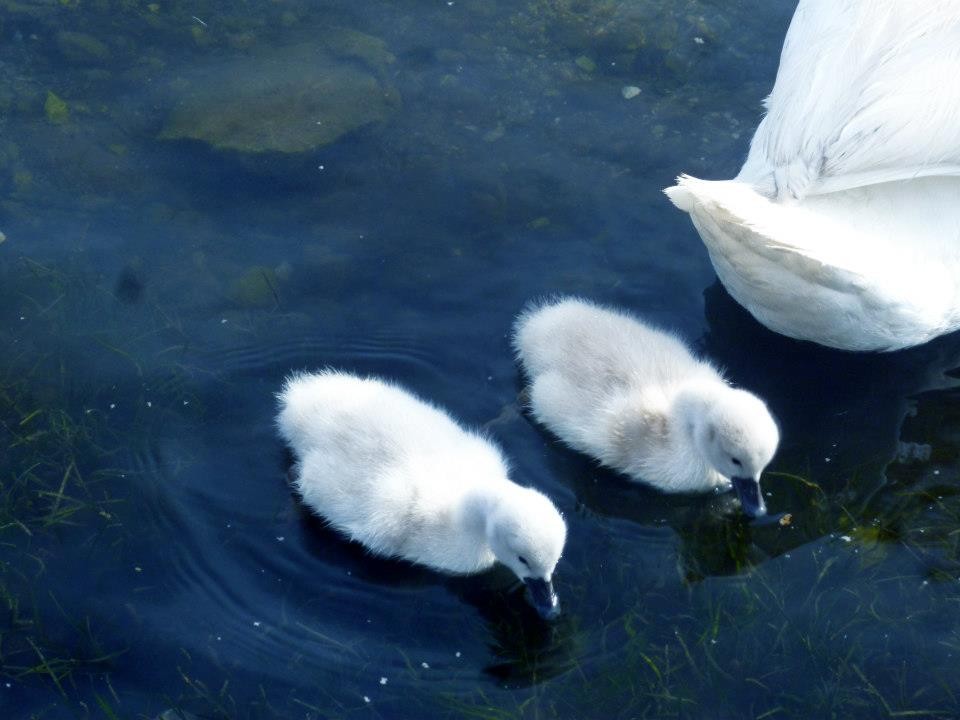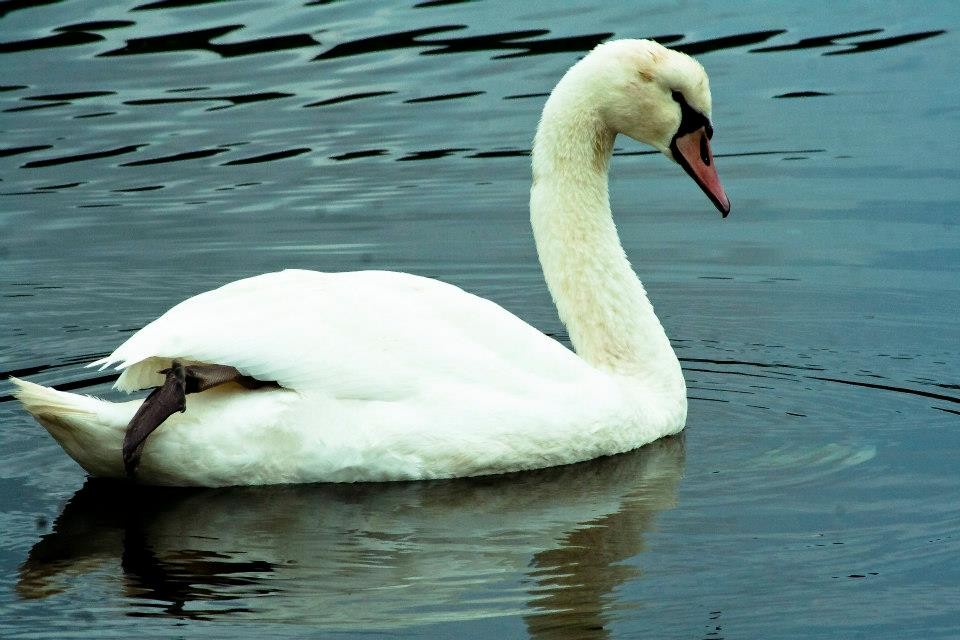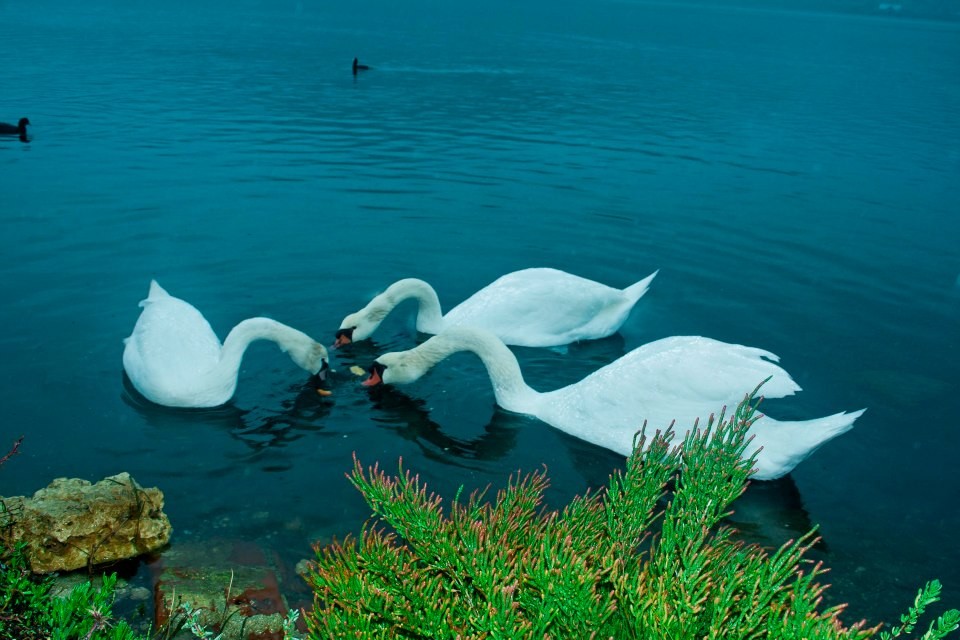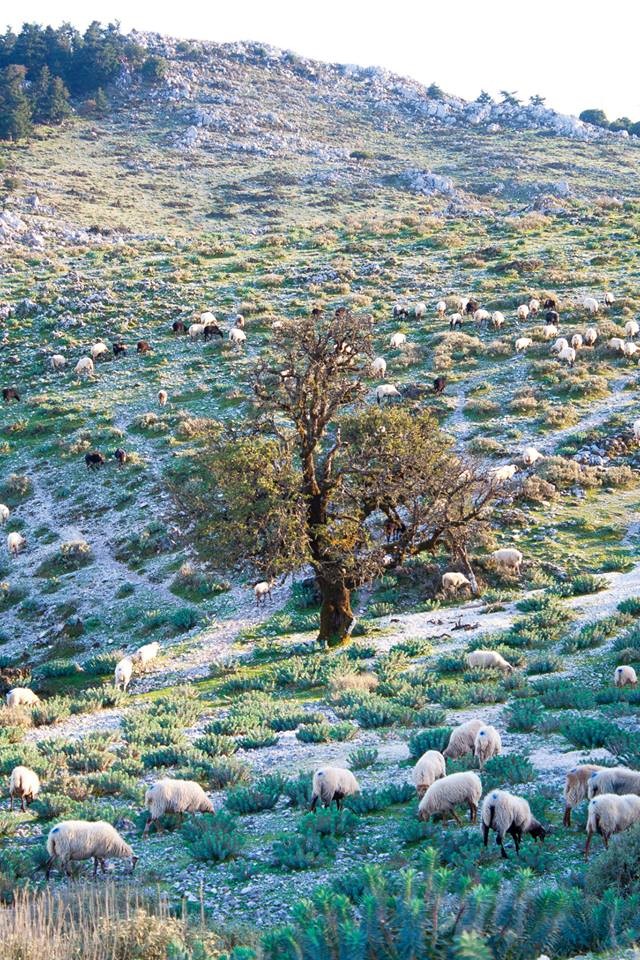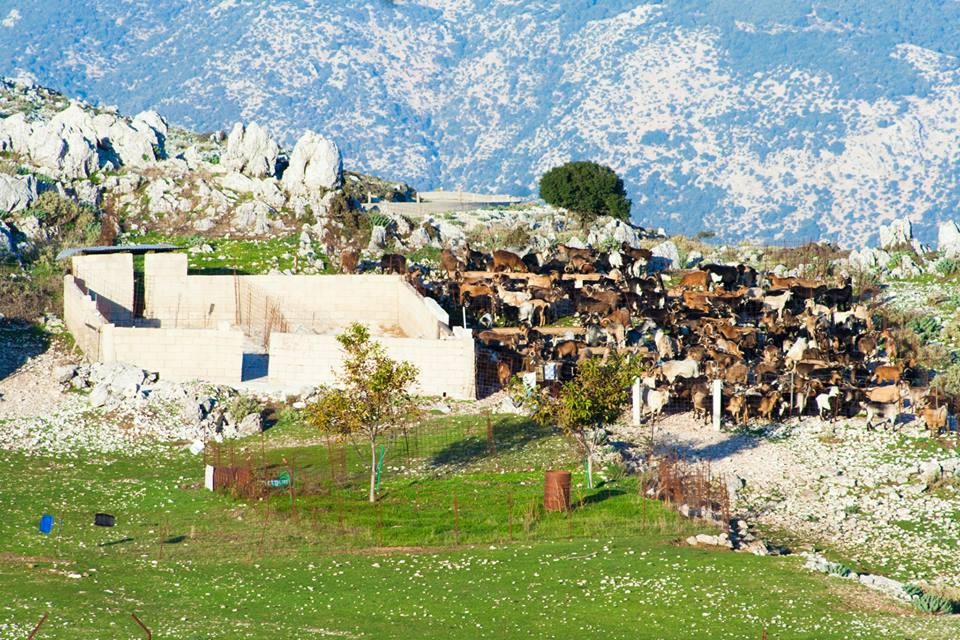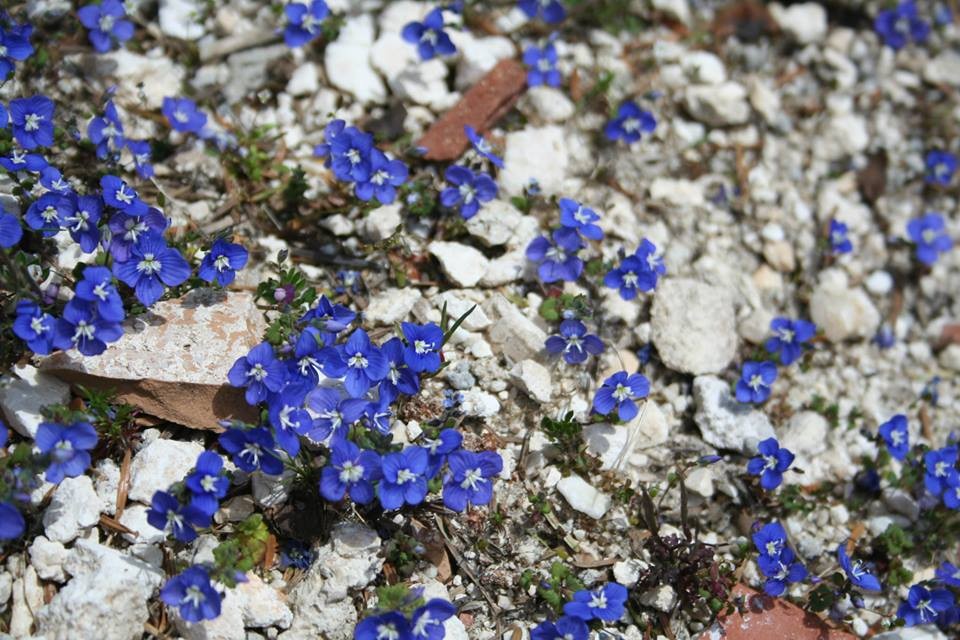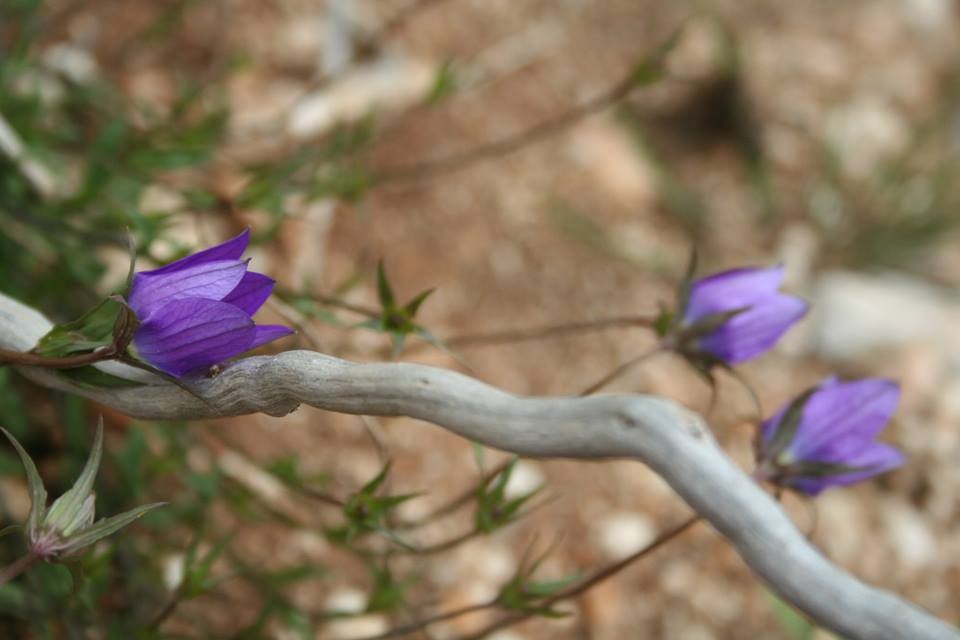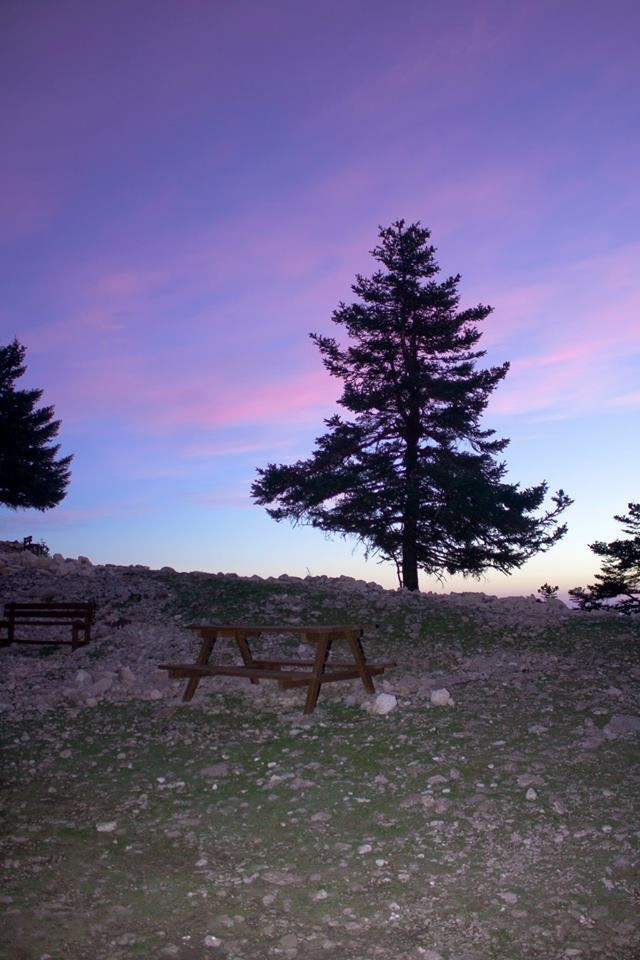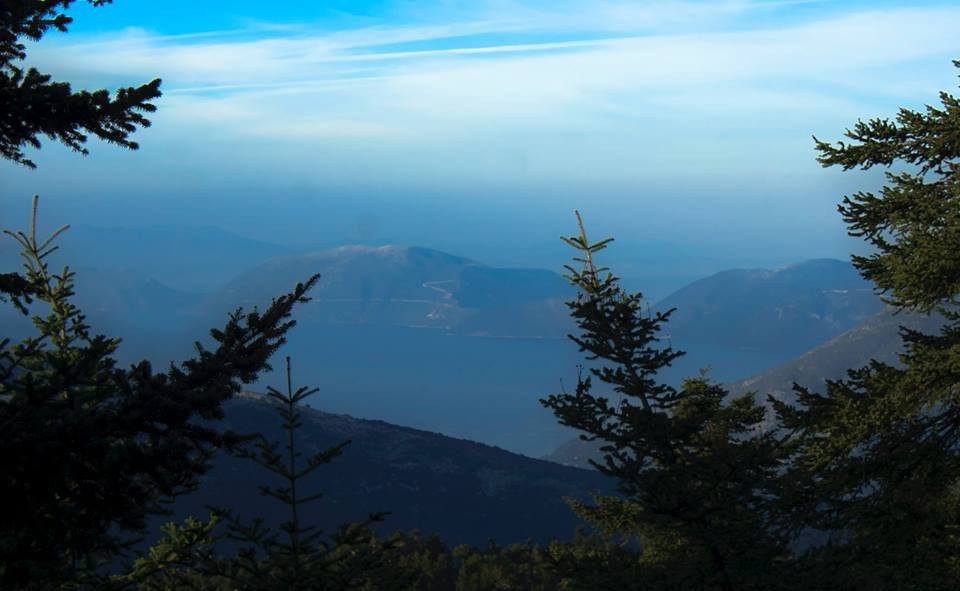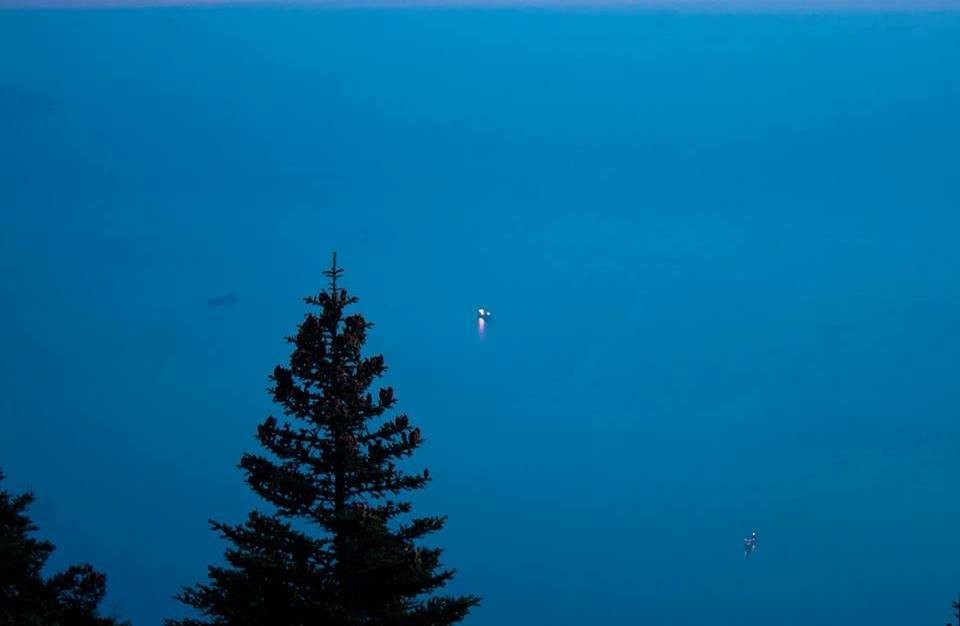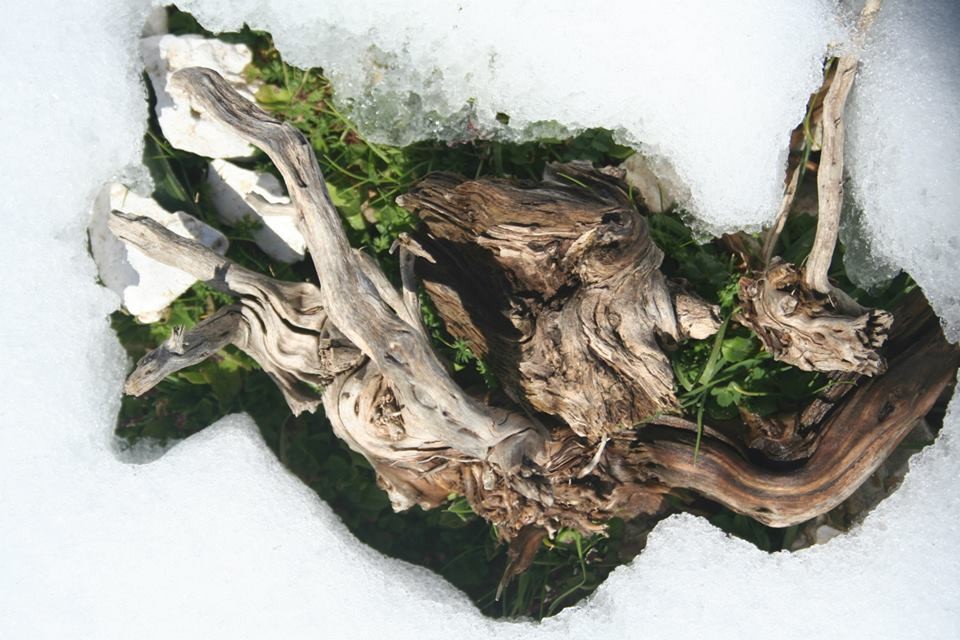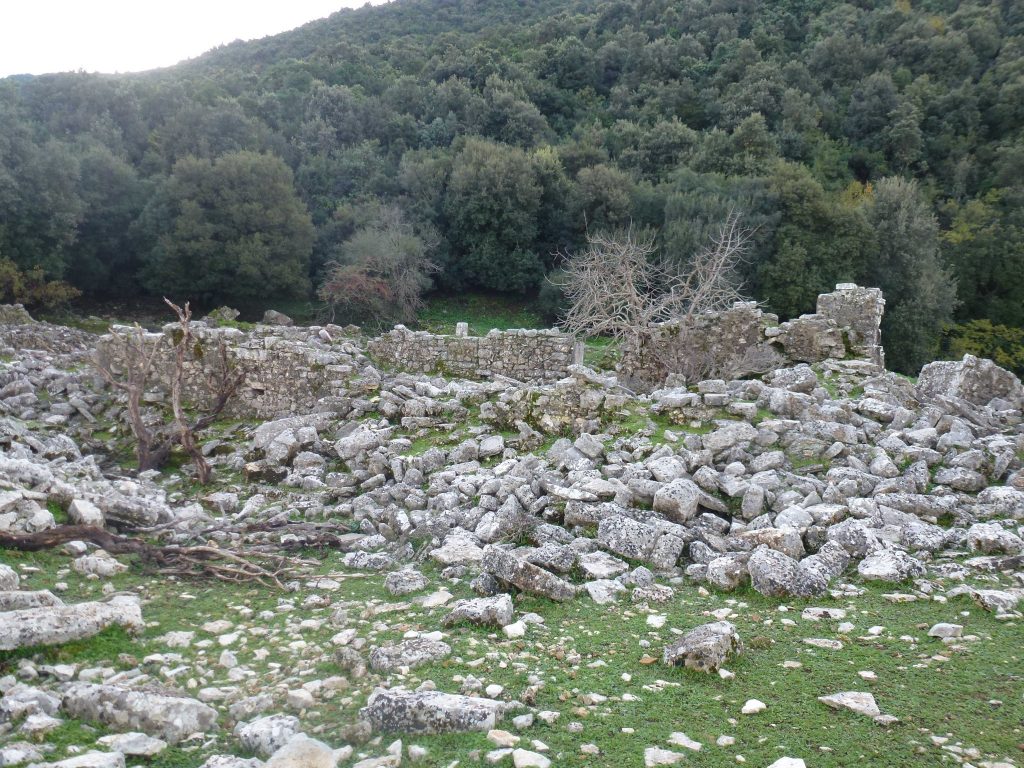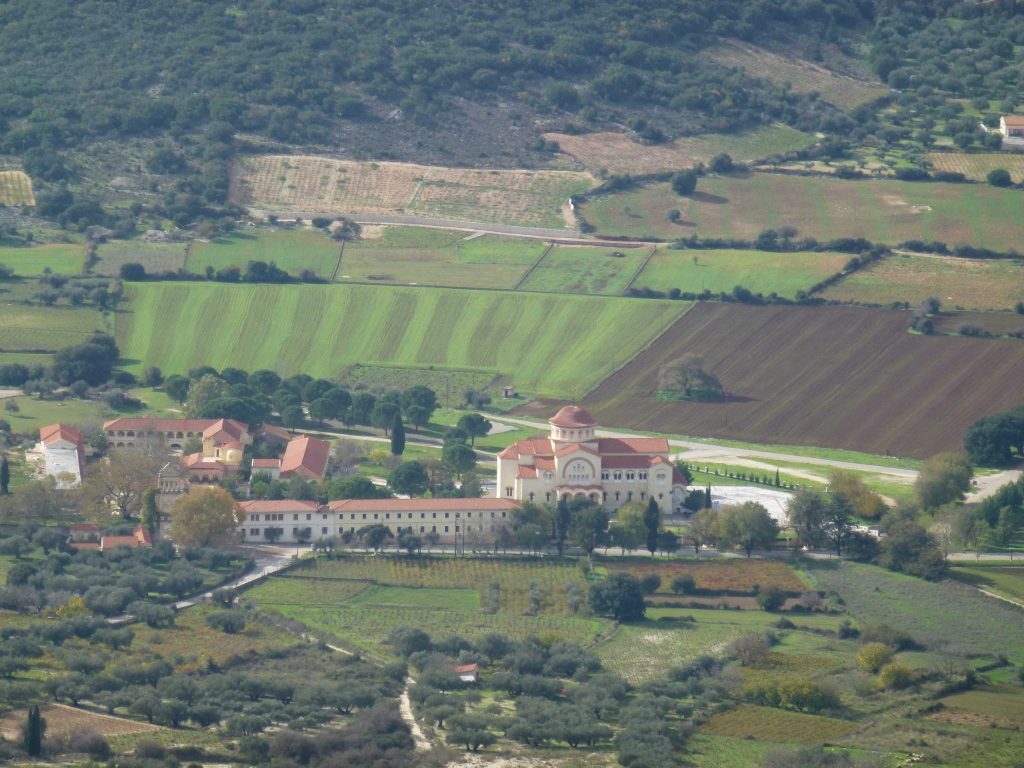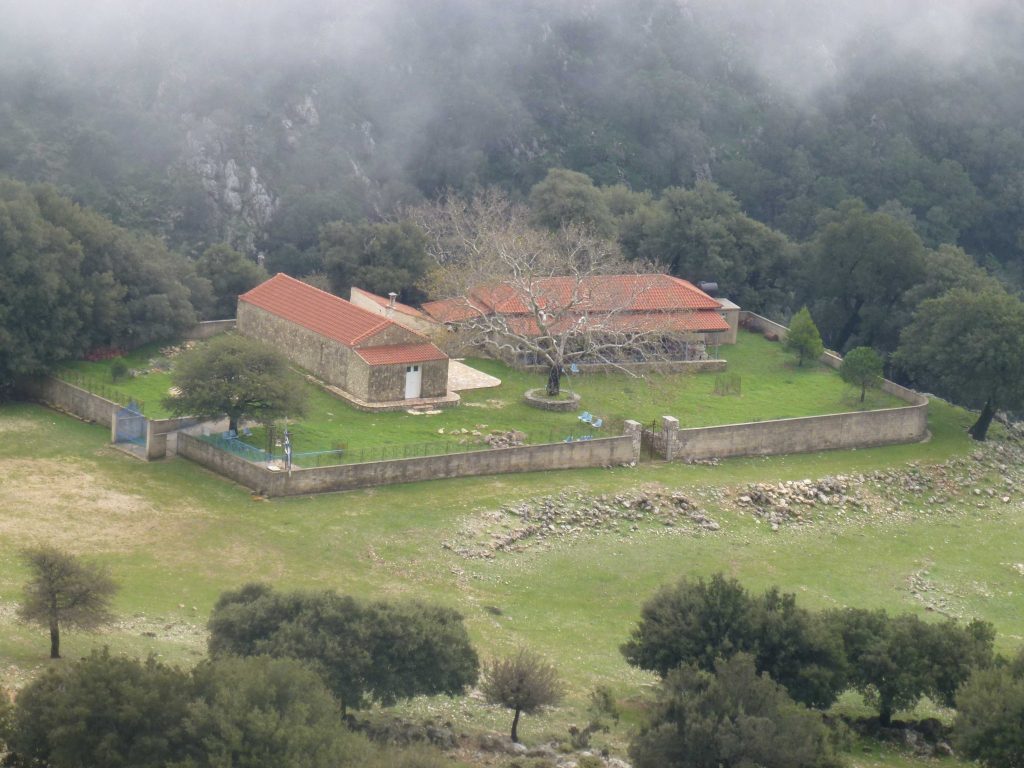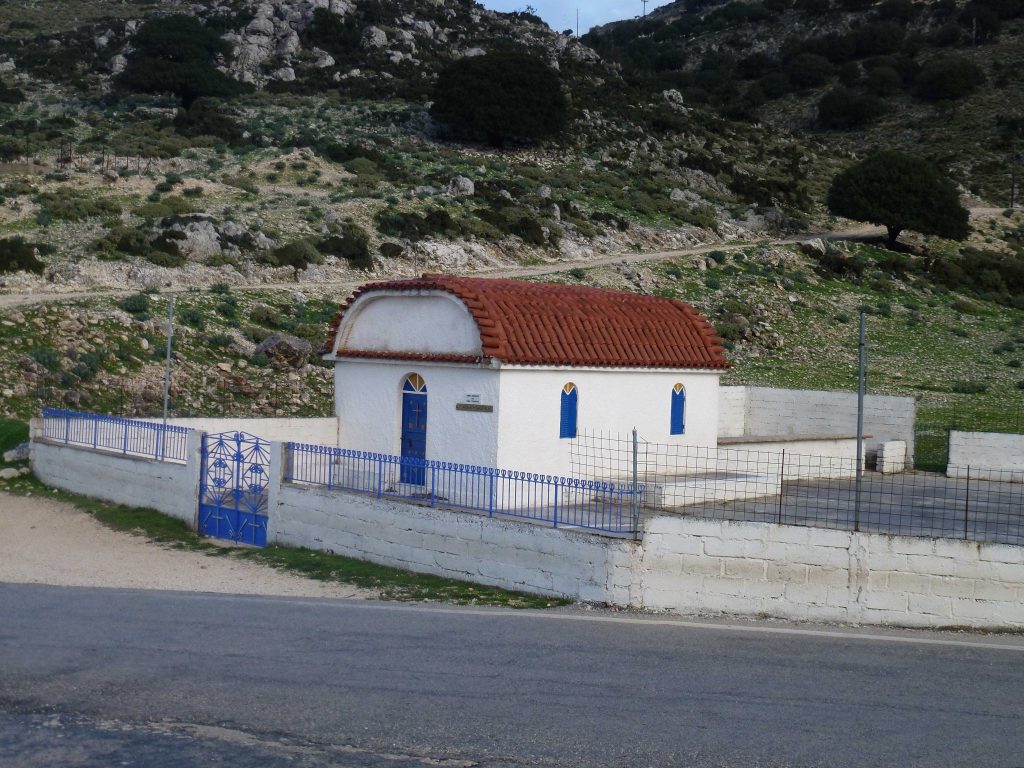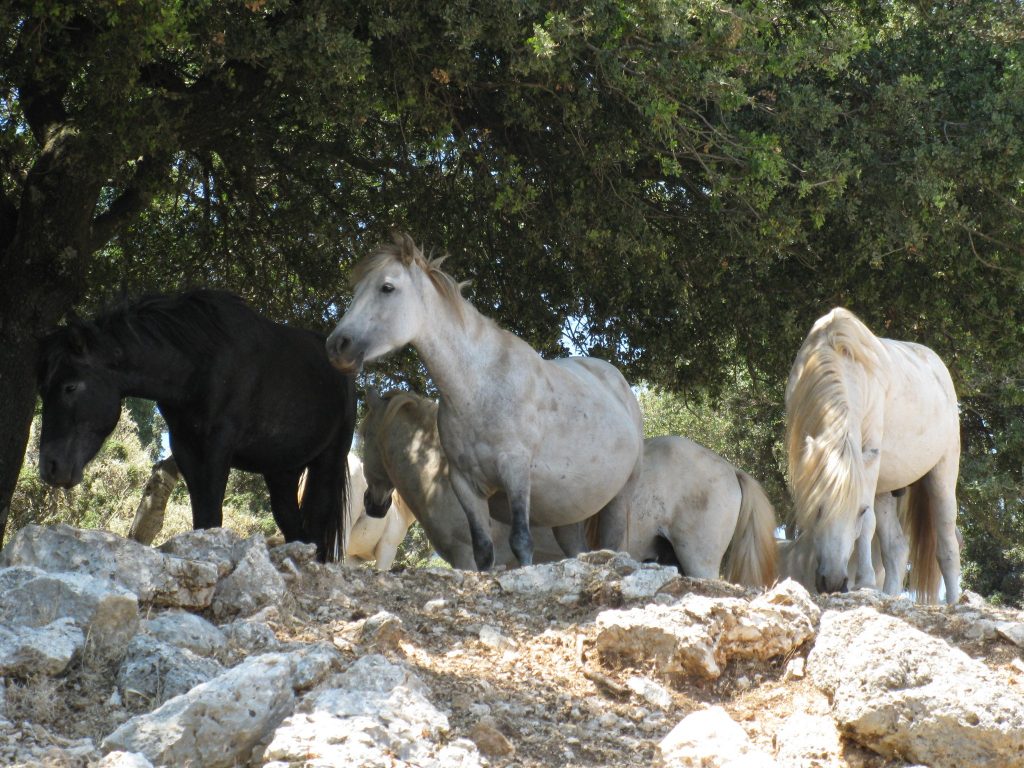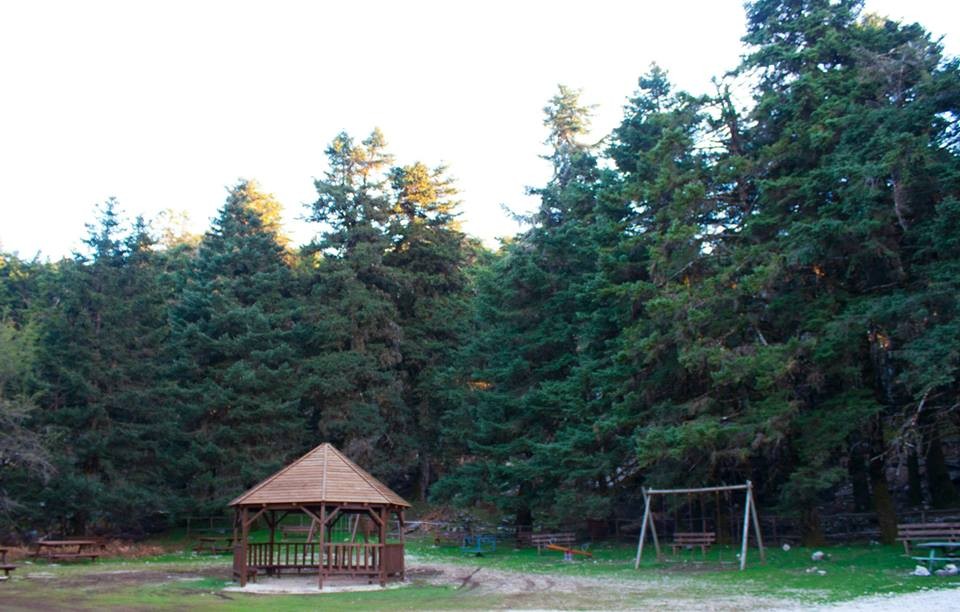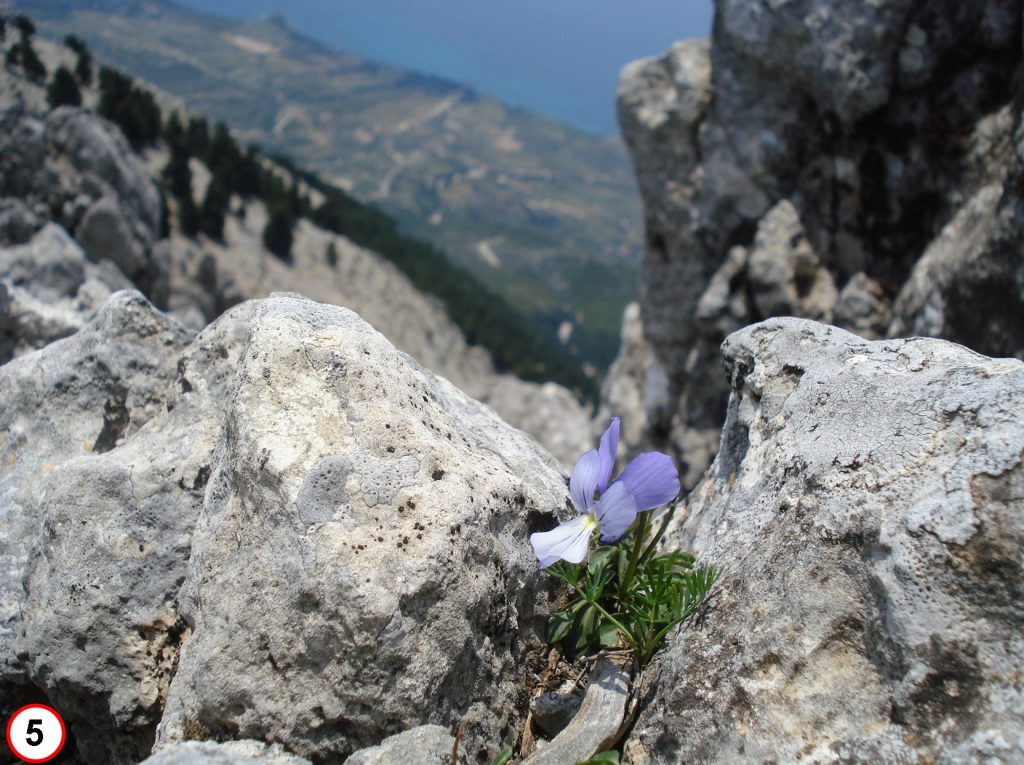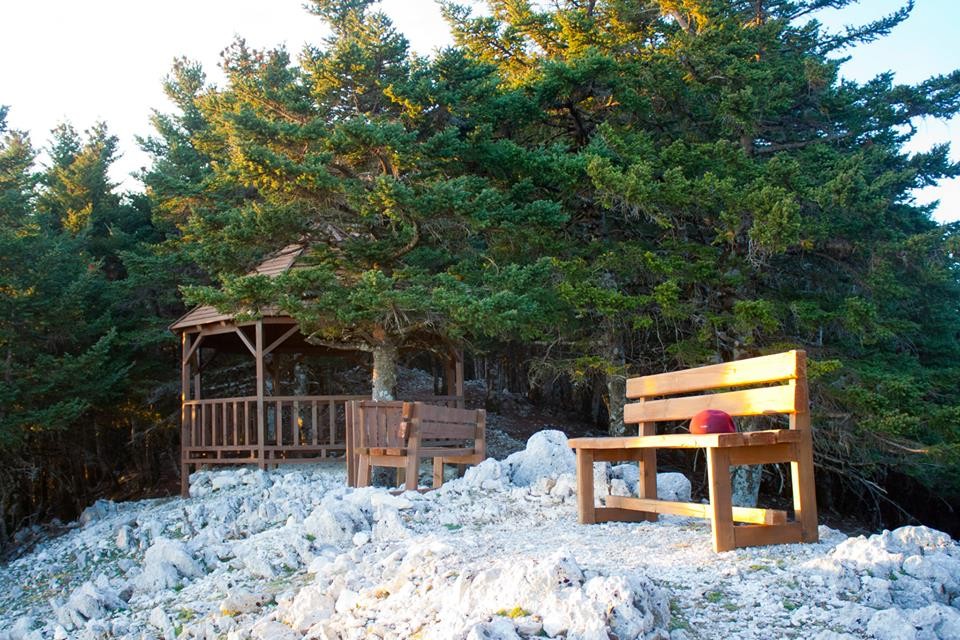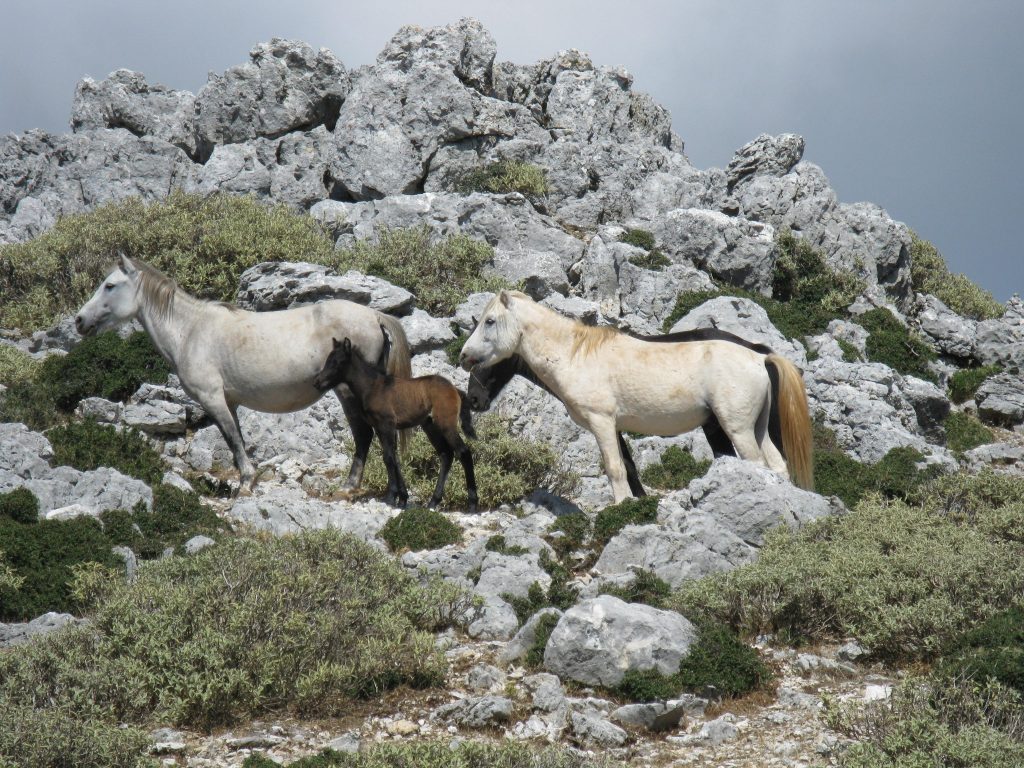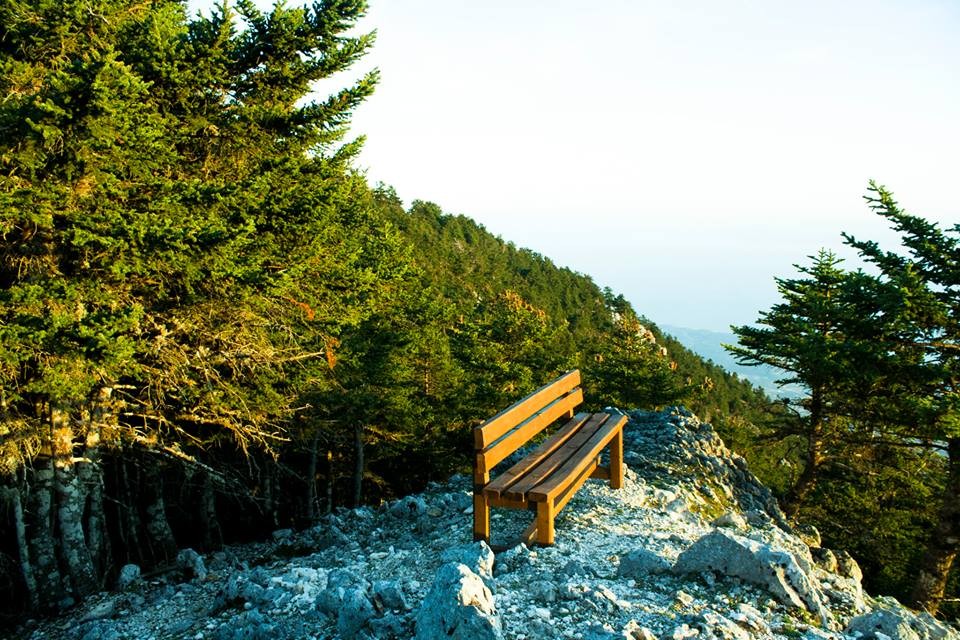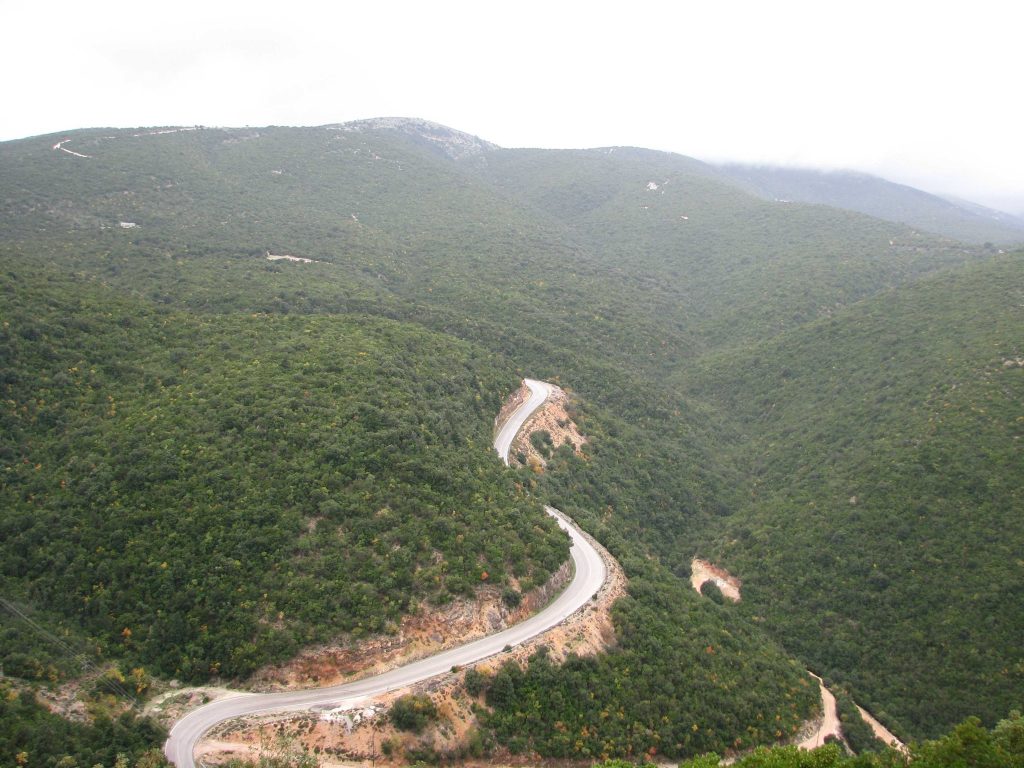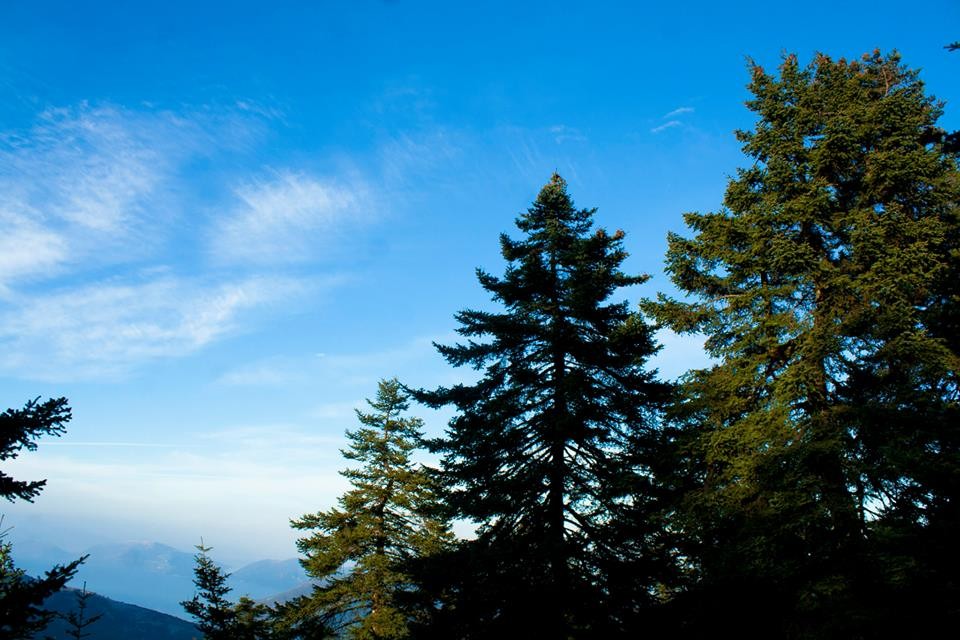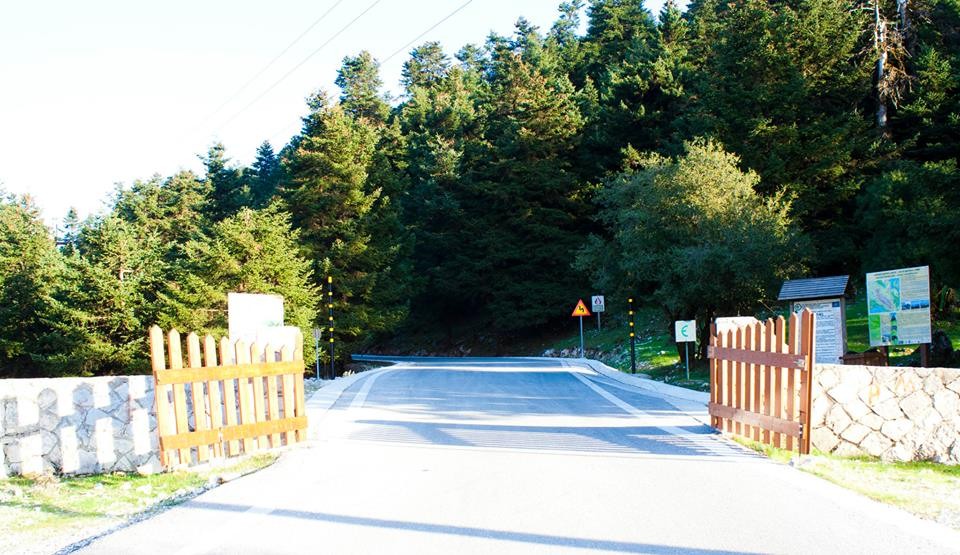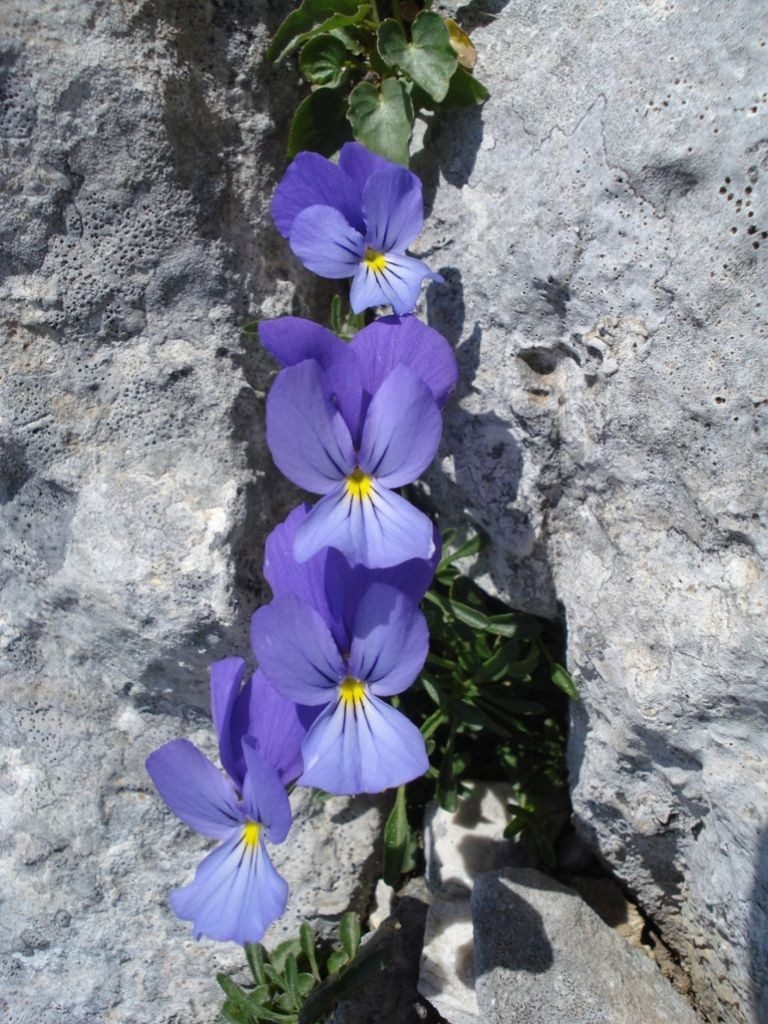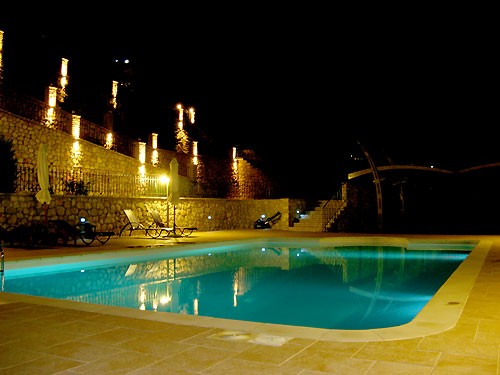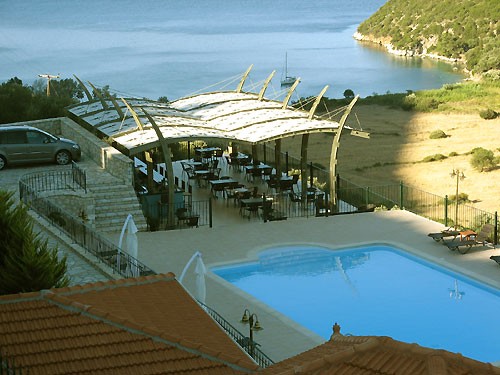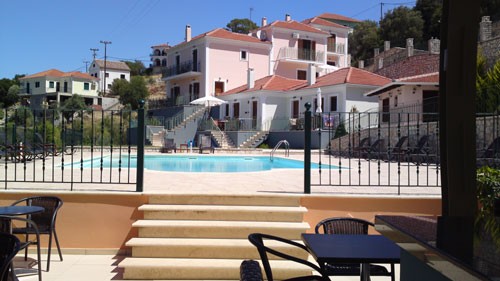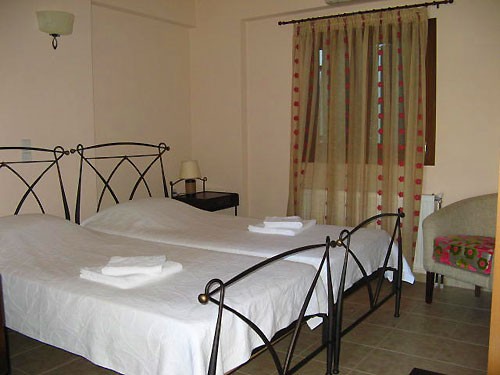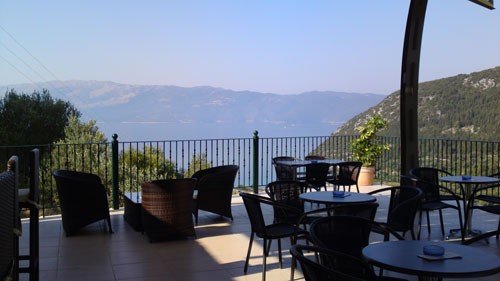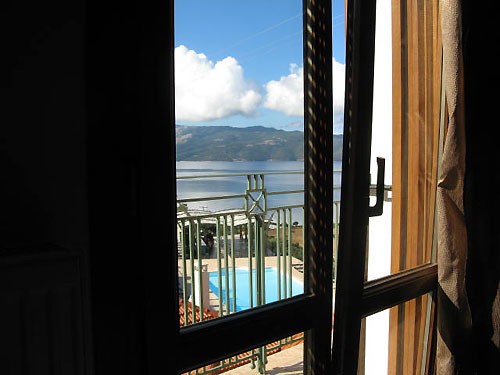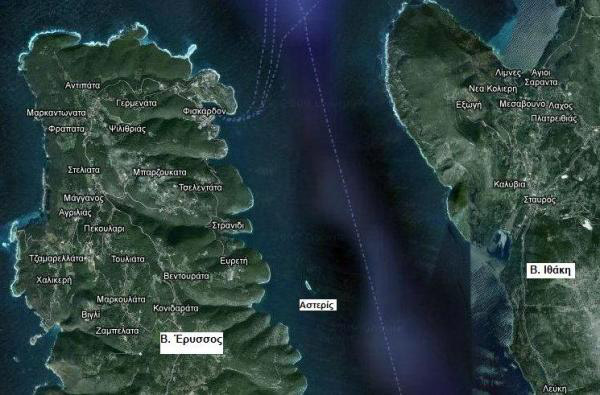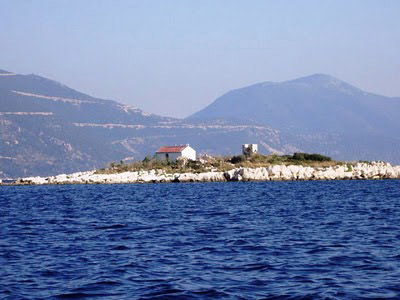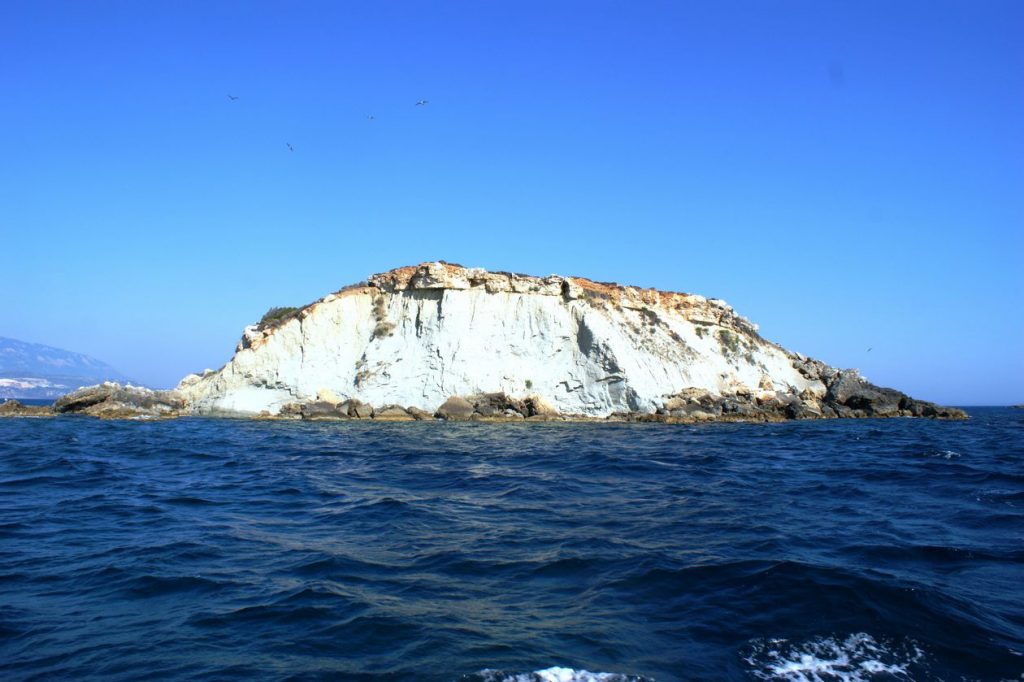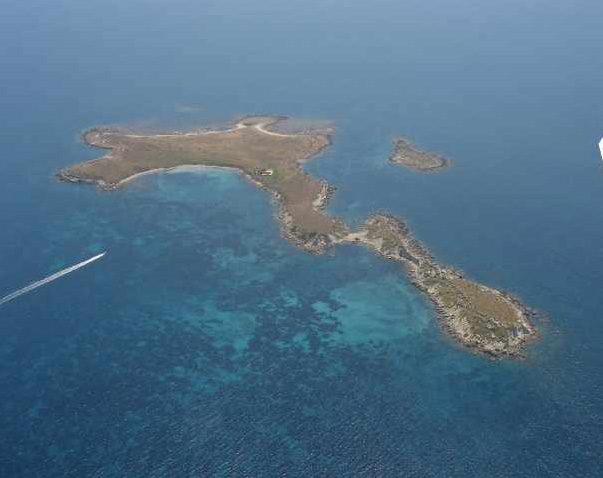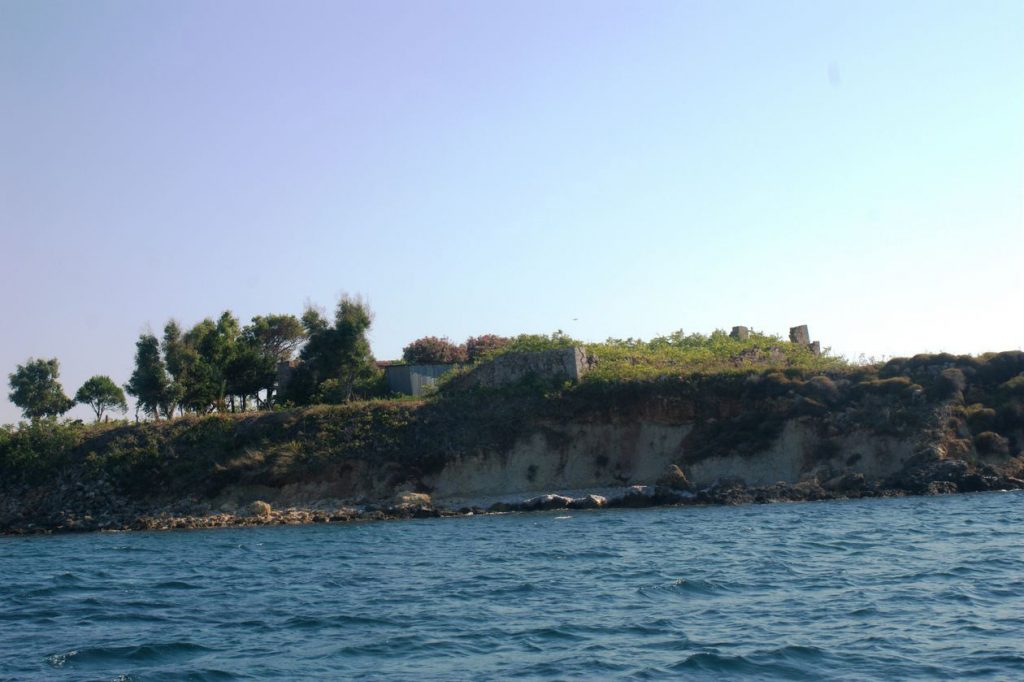Kefalonia - Nature
Green slopes, majestic mountains, rich lagoons and many important geological phenomena that compose unique sceneries. It is the nature of Kefalonia, which promises to enchant you! Apart from the wonderful beaches that rank among the best of Greece - and beyond the borders - when you visit the island, you will find the countless secrets that are hidden in the nature of Kefalonia.
Cave Melissani is perhaps the most distinctive monument of nature in Kefalonia, and you should definitely not miss it. Not very far lies one of the most important caves in Greece, Drogarati with the excellent acoustics - it is such that it allows for concerts to take place in the hall of the cave!
Enos is the mountain that dominates the nature of Kefalonia. It is the highest peak of the Ionian Islands and is overgrown by the fir of Kefalonia, a beautiful tree with dark green foliage.
The Sinkholes, Kounopetra but also the caves of the island are the characteristic 'paradoxes' in the nature of Kefalonia, while there is also Avythos, the only lake on the island, that for many years was considered to be bottomless!
-
Antisamos- Poros
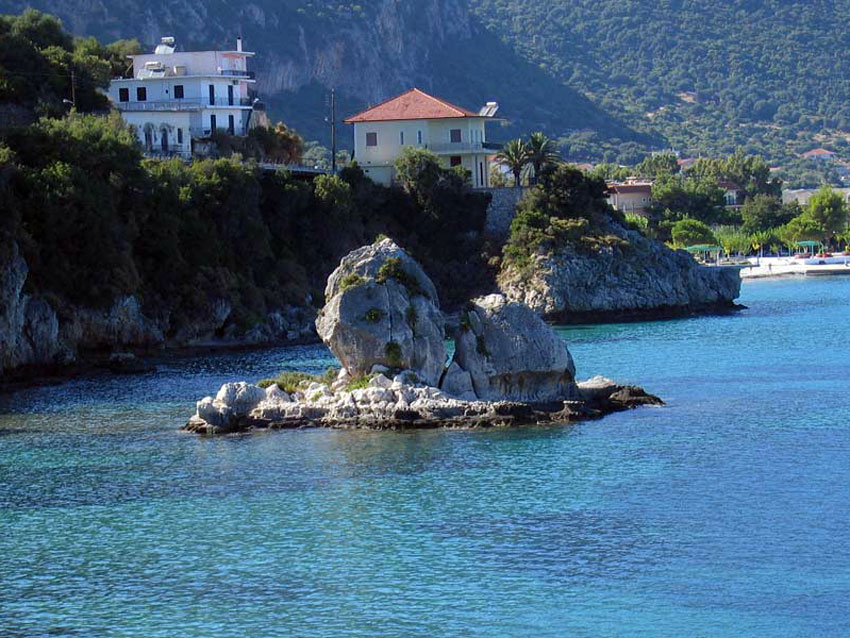
The route from Antisamos to Poros with a view to Ithaca and mainland Greece has a length of 17 kilometers. It is considered difficult as most of the trail is very rough and only the end it becomes a rural road. High trees will provide you shade while you are walking, your eyes will be pleased by green and the Koutsoupia beach with clear blue waters - if you can resist! This is one of the most beautiful routes of Kefalonia in a part of the island which is quite unexplored. Read more
-
-
Monodendri- Chaliotata
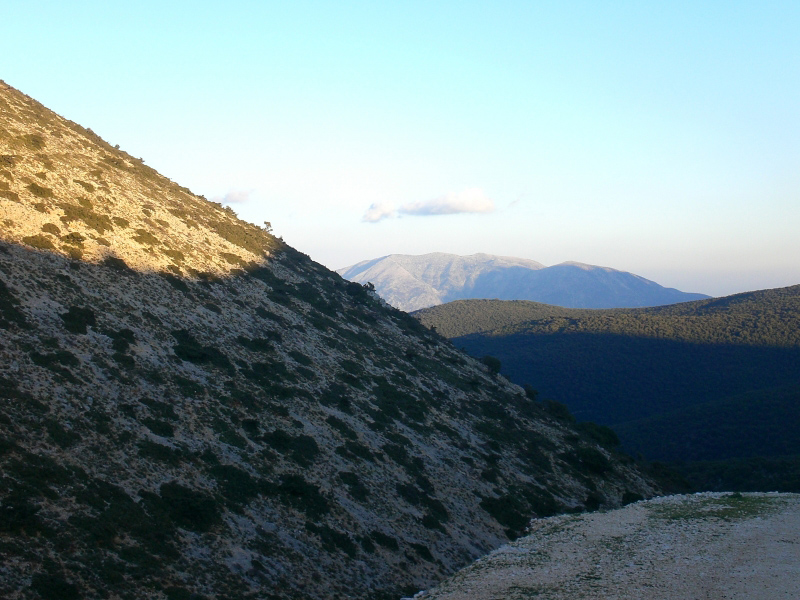
This route starts from Monodendri in middle of Kefalonia and ends at Chaliotata of Sami, passing through the wind farm at west of Kefalonia on top of the mountain Evmorfia. At the beginning it is a barren landscape that results in beautiful green forests and view of the entire island! A canyon with high trees is located at the end of the journey, with a total length of 17km. Read more
-
-
Themata- Karavomilos

From the Monastery of Themata to the Mountain of Saint Dinati in Pylaros till coastal Karavomilo in Sami, the distance is about 12 km. It is a rural road with asphalt in some places that makes the path easy. After admiring the spectacular views from the monastery you will pass through the old Vlachata. The village was deserted after the devastating earthquake of 1953 but many of the ruins are of particular interest. Then after Poulata you will end up in Karavomilo after you pass through the cave area such as Aggalaki. Read more
-
-
Koulourata- Sami

From the village Koulourata to the town of Sami the route has a length of 11 km and most part of it is a rural road. You will admire the mountain of Kefalonia, you will pass the old Mouzakata burned by German troops and the old Grizata and Zervata that were demolished by the earthquake of 1953. You can admire the view from the ruined monastery of Saints Fanentes at the end of the route with the great interest and archaeological findings of the Mycenaean era: the bay of Sami, Saint Euphemia and Ithaca. Read more
-
-
Agios Eleftherios – Agrapidies
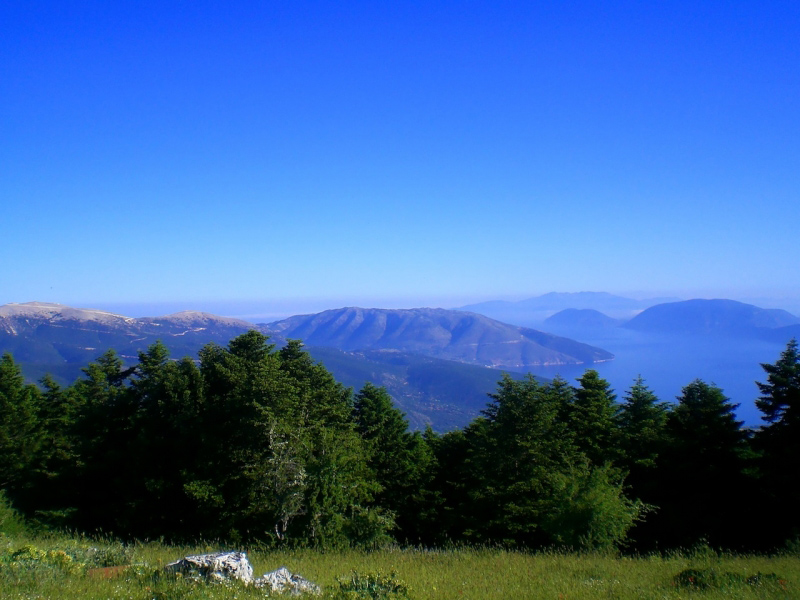
This route starts from Agios Eleftherios on the slope of Enos and has a total length of about 10 km and ends at Agrapidies, on the other part on the road to Sami. Its biggest part is a rural road while a small part is path. It runs through the national park of Enos in the forest with the unique black firs in Greece! A path that will make you forget that you are on an island: Kefalonia combines mountain and sea! Read more
-
-
Drapanitika- Assos
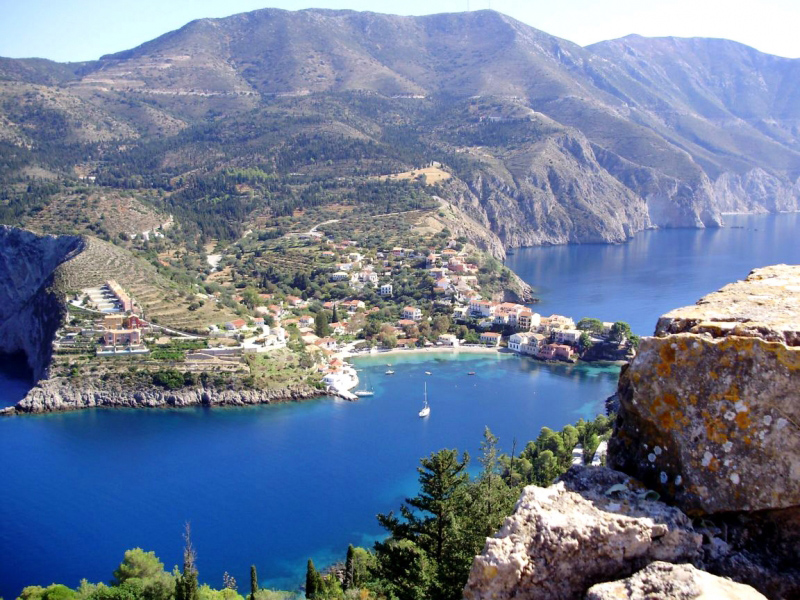
The route from the small village in northwestern of Cephalonia, Drapanitika to Assos is about 9 km. Pines and cypresses, green and blue and the vast view of the Ionian sea to Italy characterize this easy route to the Castle of Assos. Read more
-
-
Cave Aggalaki
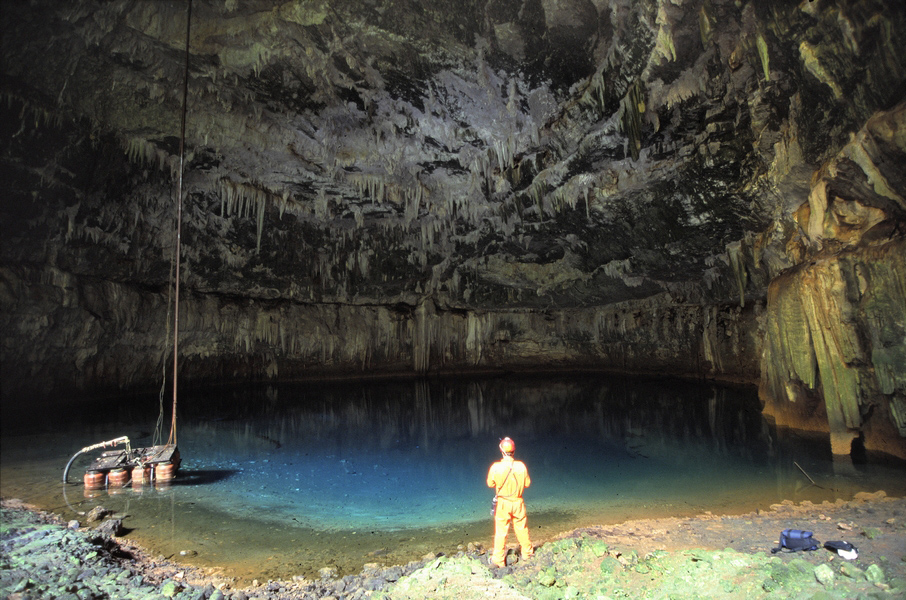
Belongs to the system of 17 caves have been identified in the region of Sami in Kefalonia, while in its depth is formed a small lake. Read more
-
-
The Garden of Napier
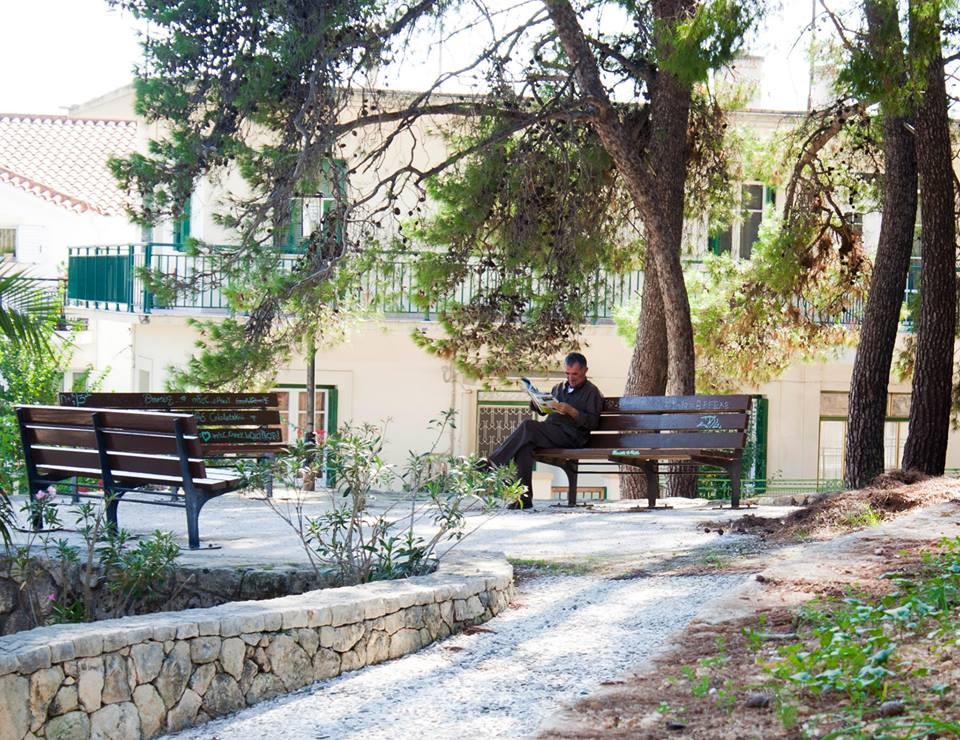
An overgrown garden in the city’s center of Argostoli, created by the British Commissioner Napier, in 1829. Read more
-
-
Cave Drogaratis

A large and of exceptional interest cave, where are even organized concerts inside it! Read more
-
-
Katavothres
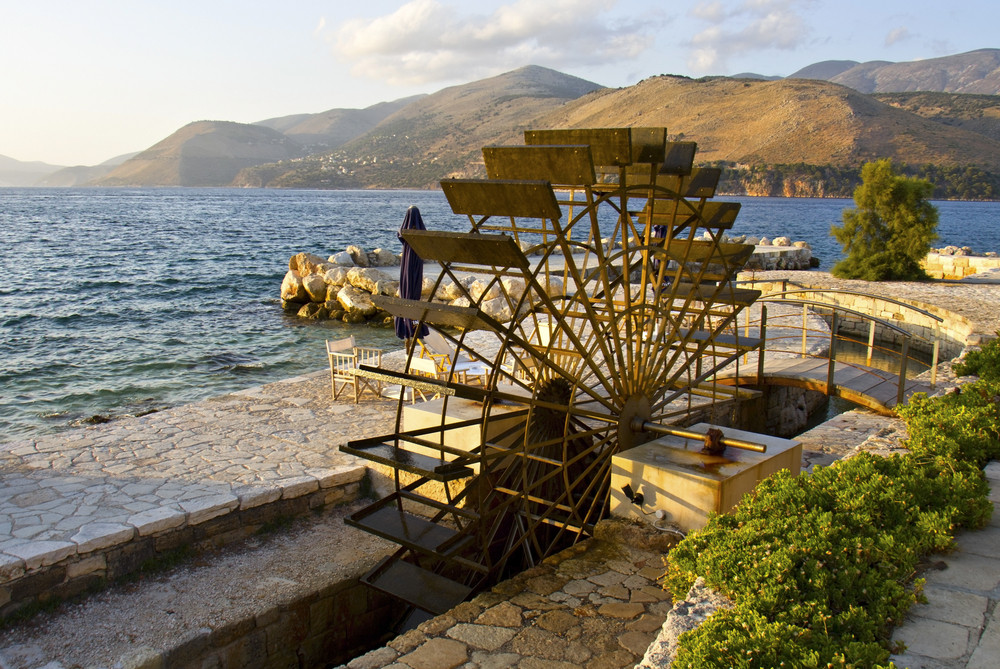
One of the strange geological phenomena in Kefalonia, as the seawater flows into the ground, across the island and flows into its other side! Read more
-
-
Cave of Melissani
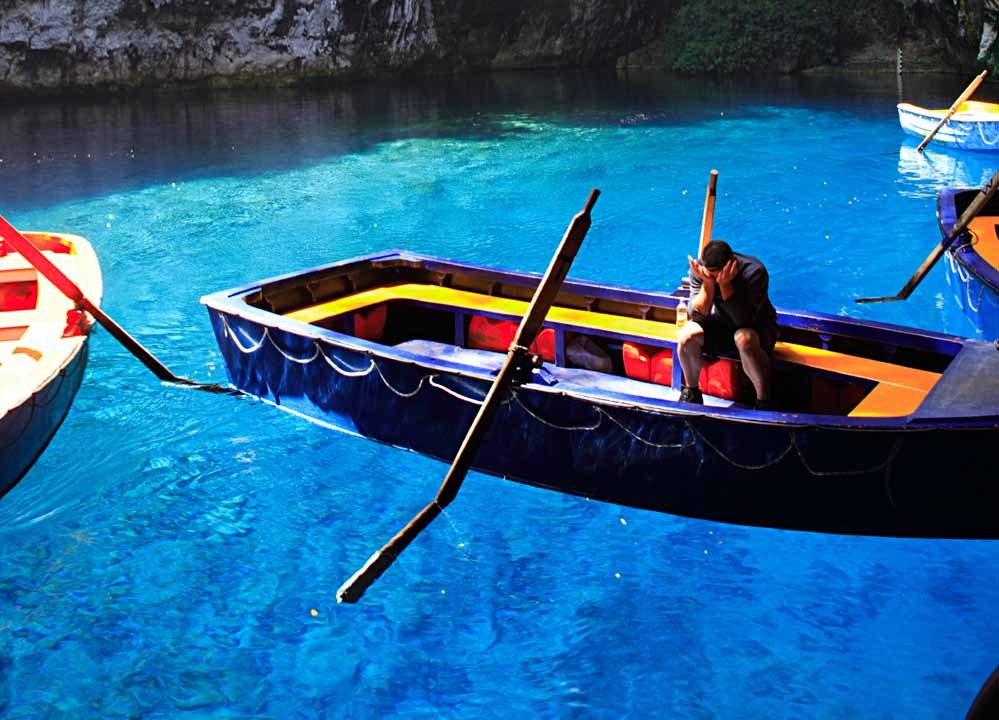
Natural attraction of unique beauty, as the opening of the roof allows light to pass and gives to the waters of Lake awesome colors! Read more
-
-
Avithos
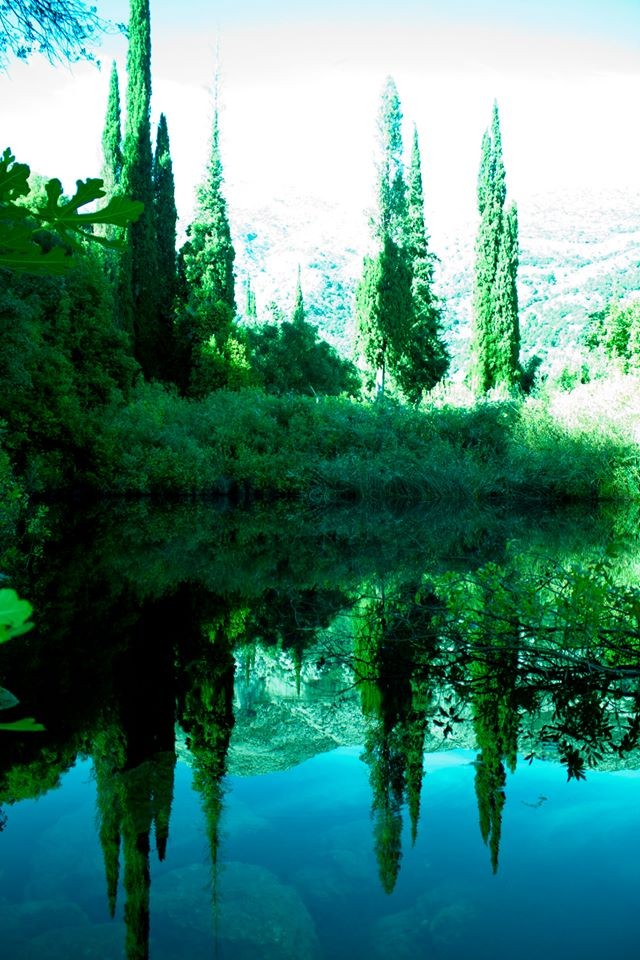
The only lake of Kefalonia, which for years was considered bottomless! Read more
-
-
Robola
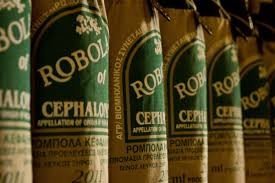
The famous white wine of Kefalonia is produced on the slopes of Mount Enos and you must certainly try it! Read more
-
-
Lagoon Koutavos
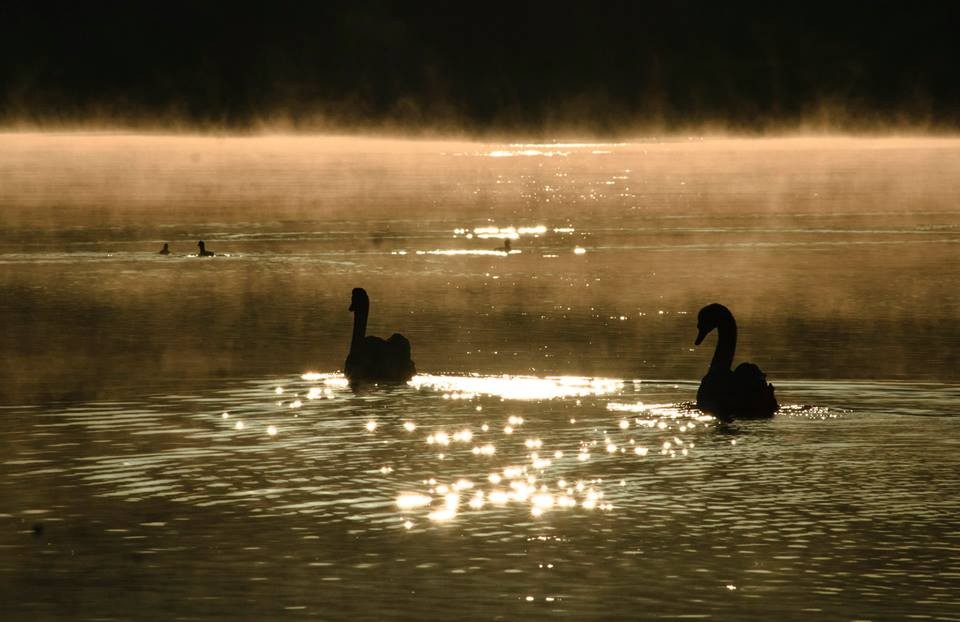
Located on the bay of Argostoli, is of extreme importance wetland and the visitors can enjoy a walk along its banks. Read more
-
-
Enos
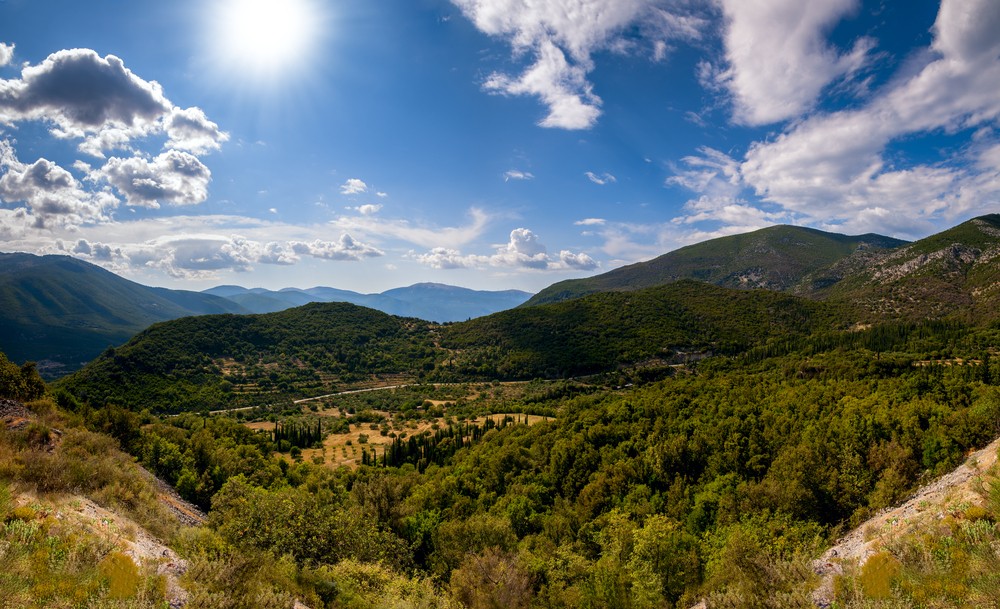
The highest mountain of the Ionian Islands dominates in Kefalonia. It is covered by forests of fir from Kefalonia and home rare species of animals and plants. Read more
-
-
Asterida
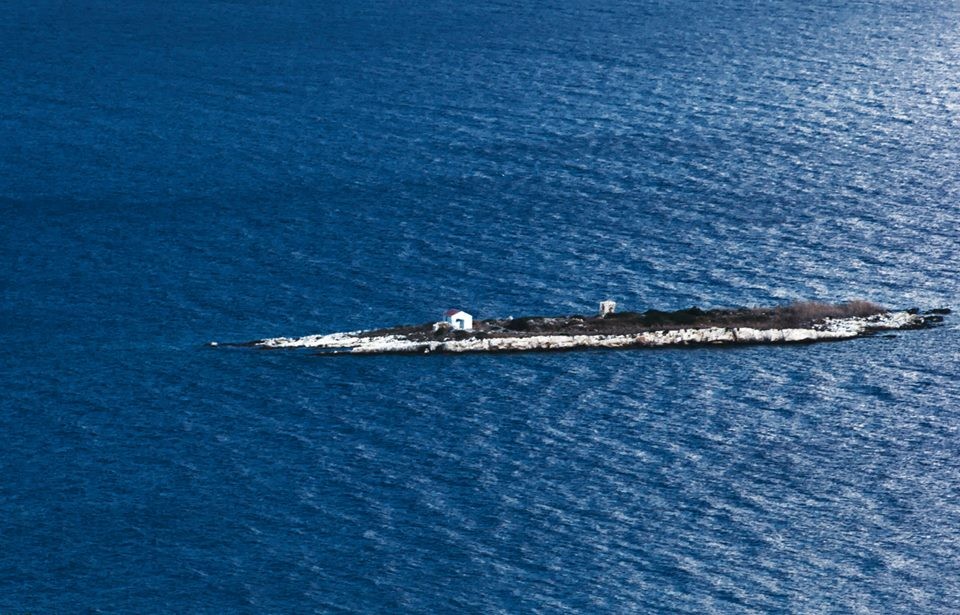
Asterida is a small islet between Kefalonia and Ithaca, close to Fiskardo. Read more
-
-
Vardianoi
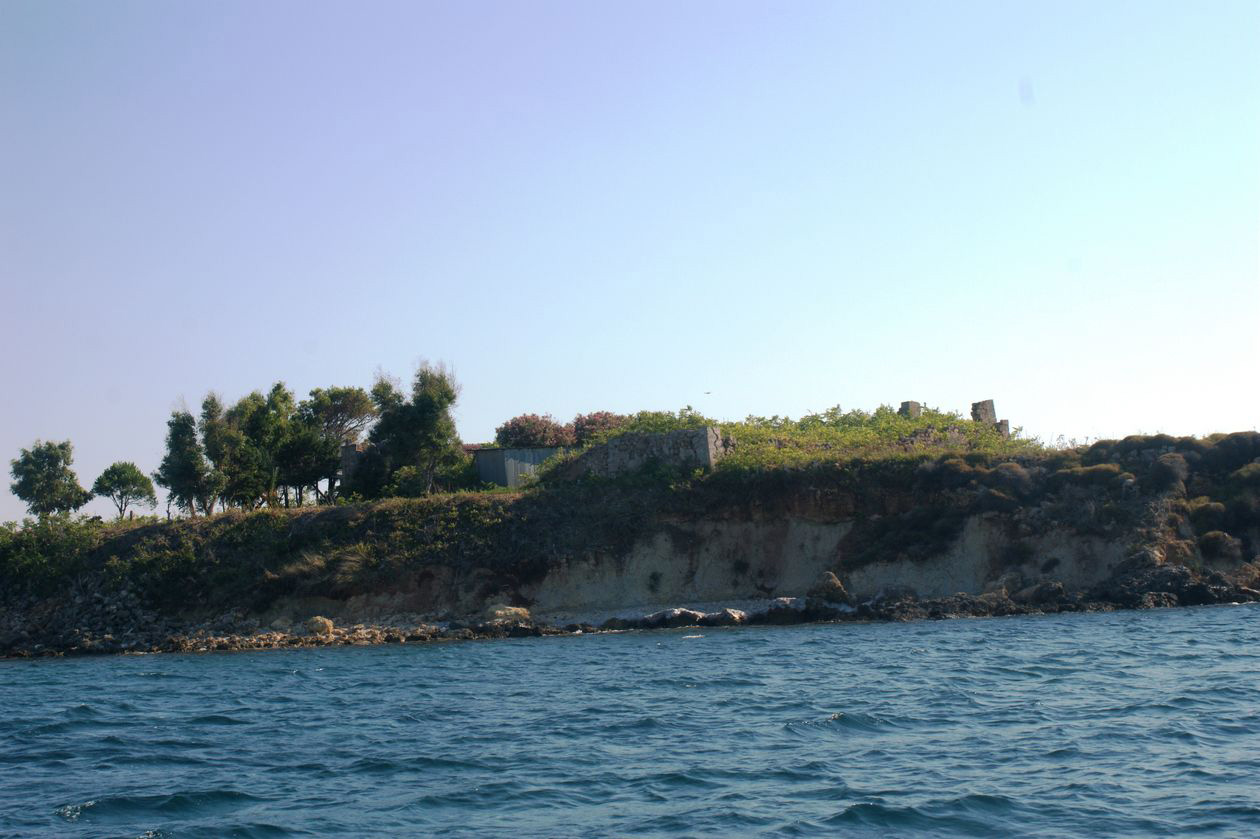
The island is located at the south of peninsula of Palliki, at the entrance of the bay of Livadi. It consists of an elongated part to the east and wider at westward. In one version, the name is of Latin origin, from Italian vardia or guardiano meaning guardian. In others, it is named after the surname of some of their owners. In 1824 it was built in the middle of the island, a magnificent lighthouse under the command of the English Charles Napier. In a height of 25meters, it is consisted of a cylindrical tower and a side house for keepers. The tower was destroyed by Italian bombing in 1942 and completely destroyed by the devastating earthquake of 1953. Today the place stands a much smaller lighthouse serving the passing vessels. On the island there were still two monasteries, St Nicolas and Evangelistria, ruins of which, everyone can visit even today. Read more
-
-
Zeus
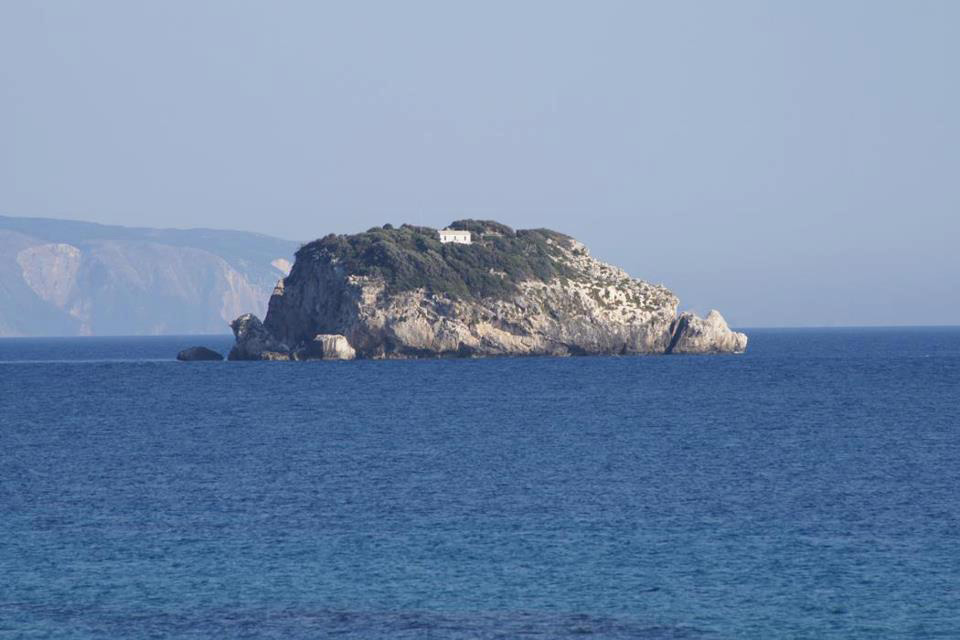
At south of Kefalonia, just half a mile from the shores of Leivatho there is the islet “Zeus”. The small church of Panagia Vlacherna or "Virgin Diotissa" is located at the top of the rock. A narrow staircase carved into the rock leads believers to church to celebrate each year on July 2nd. Ruins of an ancient temple which was dedicated to Zeus are also located here. In the 19th century there was here a great monastery which was dedicated to Our Lady, but it was completely destroyed by the earthquake of 1953. During the turbulent period of British rule in Kefalonia, the island was used as a place of exile for dissidents. Every year on July 2nd, the small island is full of people. Small boats that depart from Pessada deliver the believers and the icon of the Virgin of the Monastery of the Crucified on the island, where the liturgy takes place. Read more
-


